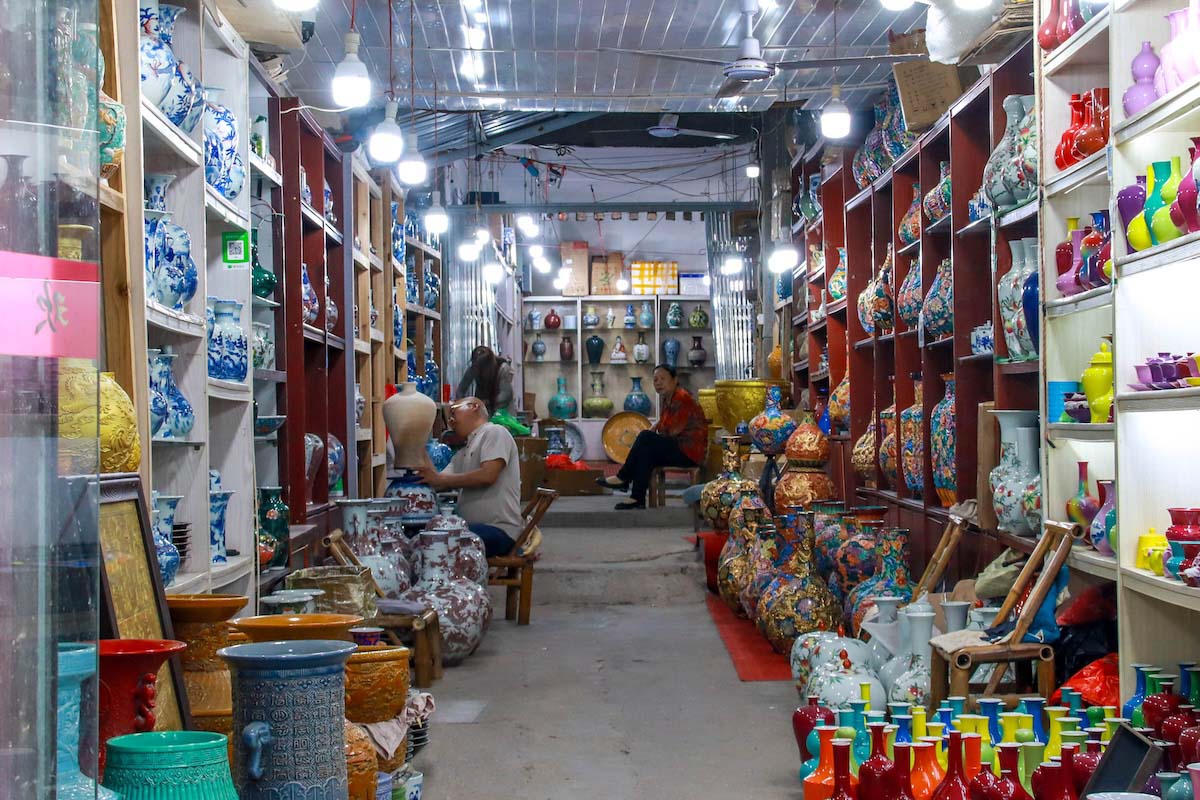
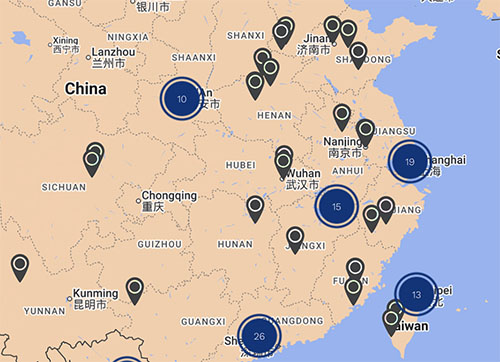
To see all the destinations listed in this guide and other ceramic sites in China, check out CERAMIC WORLD DESTINATIONS (CWD), MoCA/NY's interactive map listing over 4,000 ceramic destinations!
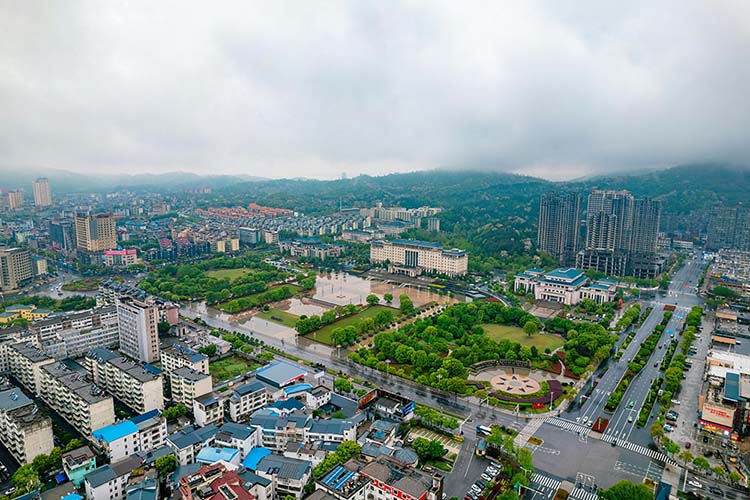
Jingdezhen, nestled among the mountains and rivers of northeastern Jiangxi Province, is renowned as the “Porcelain Capital.” This is a city that lives and breathes porcelain—for centuries, generations of artisans have drawn on its unique resources and masterful techniques to transform humble clay into art that dazzles the world. From the Song to the Ming and Qing dynasties, Jingdezhen grew into a center of porcelain production for both China and the world. Its blue-and-white porcelain, especially beloved by emperors, traveled far along the maritime Silk Road, becoming a medium of cultural exchange.
The Pottery Workshop (PWS) has meticulously crafted the 72-Hour Jingdezhen Ceramic Culture Tour to bring you deep into this city where ceramics flow like lifeblood. Together, we'll walk through the sites of ancient imperial kilns, explore age-old workshops still in operation, and experience traditional crafts—from throwing and painting to firing—feeling the heart and soul of the artisans in every piece. You will not only witness how timeless blue-and-white porcelain is born, but also have the chance to touch this enduring history with your own hands, diving deep into the veins of Jingdezhen to read the stories in the clay and listen to the language of porcelain. This is more than a tour—it’s a conversation with porcelain across time, a deeply immersive experience where art and technique converge.
We suggest staying near the Porcelain Sculpture Factory — an ideal base for immersing yourself in Jingdezhen’s ceramic culture as you explore the city at your own pace.
The Porcelain Sculpture Factory is a must-visit landmark for ceramic enthusiasts. Its red-brick industrial buildings, tree-shaded walkways, and retro atmosphere now house a thriving community of studios and creative spaces. Here, you’ll encounter a wide spectrum of ceramic works—from functional tableware and sculptural pieces to collectible porcelain paintings—each showcasing exquisite craftsmanship, distinctive glazes, and a refined balance between beauty and utility.
Wandering through its alleys, you can explore small shops, encounter ceramic artists and craftsmen at work, and even observe the ceramic-making process up close. Every Saturday, PWS hosts a creative market, and visitors can take a free shuttle from the PWS café inside the factory to the Yi-Design XiangHu Shuangfengqiao location to discover original ceramic works.
In addition, the factory complex itself offers excellent photo opportunities. The retro-industrial architecture, neatly stacked sagger walls, and artistic ceramic installations, set against the blue sky, create a scene where culture and history blend effortlessly. Staying in this area will allow you to experience ceramic culture fully, participate in artistic activities, and purchase pieces you love. We highly recommend the vicinity of the Porcelain Sculpture Factory as your ideal home base for exploring Jingdezhen.
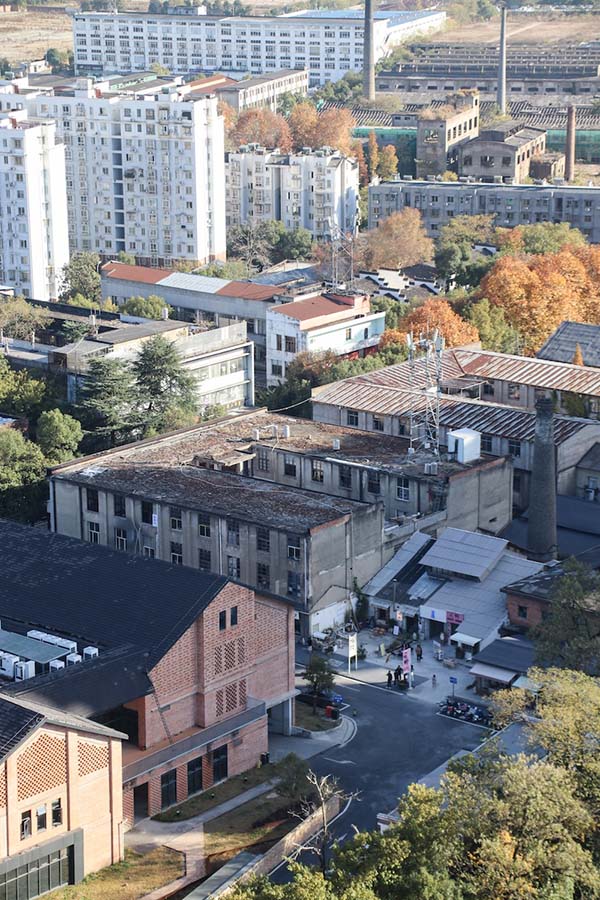
For those staying near Taoxichuan, options include Taoxichuan Traders Hotel, Taoxichuan Hotel, and Taoxichuan Chuang Shang Xing Hotel, all located in the heart of the ceramic district with easy access to Ceramic Art Avenue. Shangnong Hotel in the Tao Yangli Heritage Zone offers Ming- and Qing-style ambiance, and those looking for a quieter retreat in Sanbao can choose Xi Villa or the more upscale Xingsam Dongliyuan Hotel. Nearby, At The Moment in Sanbao International Ceramic Village offers modern countryside comfort. Budget-conscious travelers can consider Holiday Inn Express near Taoxichuan, while Jingdezhen International Youth Hostel, located by the Sculpture Porcelain Factory, provides dormitory-style rooms.
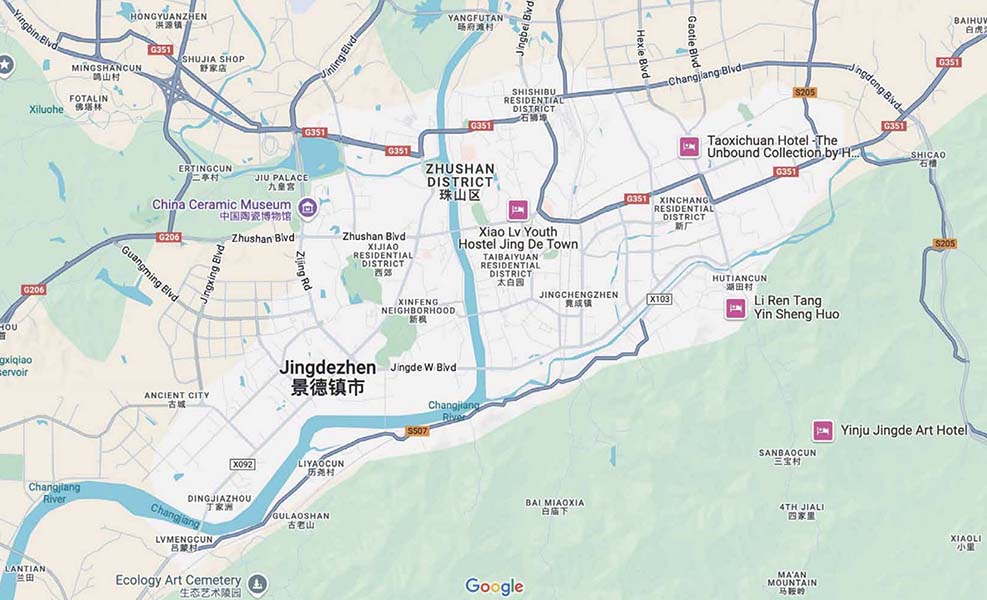
Taxis are cheap and convenient for airport or train station transfers, as well as cross-town travel. For those who prefer a more immersive experience, bikes and e-bikes are a great way to wake up to the sounds of kilns firing and clay being thrown. The Sculpture Factory and Old Factory districts are especially suited to this mode of transportation—artist-run guesthouses and local homestays are common here, and the shaded alleys are lined with studios, glaze shops, and tool vendors, making it easy to slip into the rhythm of a working ceramicist’s daily life.
Walking is also ideal in compact areas such as Taoxichuan and Laochang; however, caution is needed, as e-bikes and tuk-tuks don't always follow traffic rules. Public buses, on the other hand, are generally not recommended unless you're already familiar with local routes. There is no reliable navigation app for planning trips, and arrival times can be inconsistent.
Editor’s Note: Most transportation and service platforms in Jingdezhen rely on mobile payments through Alipay or WeChat. Be sure to set up one of these apps before your trip—both are widely accepted across the city.
DAY 1 | A Look Through the Past
9 AM: China Ceramic Museum
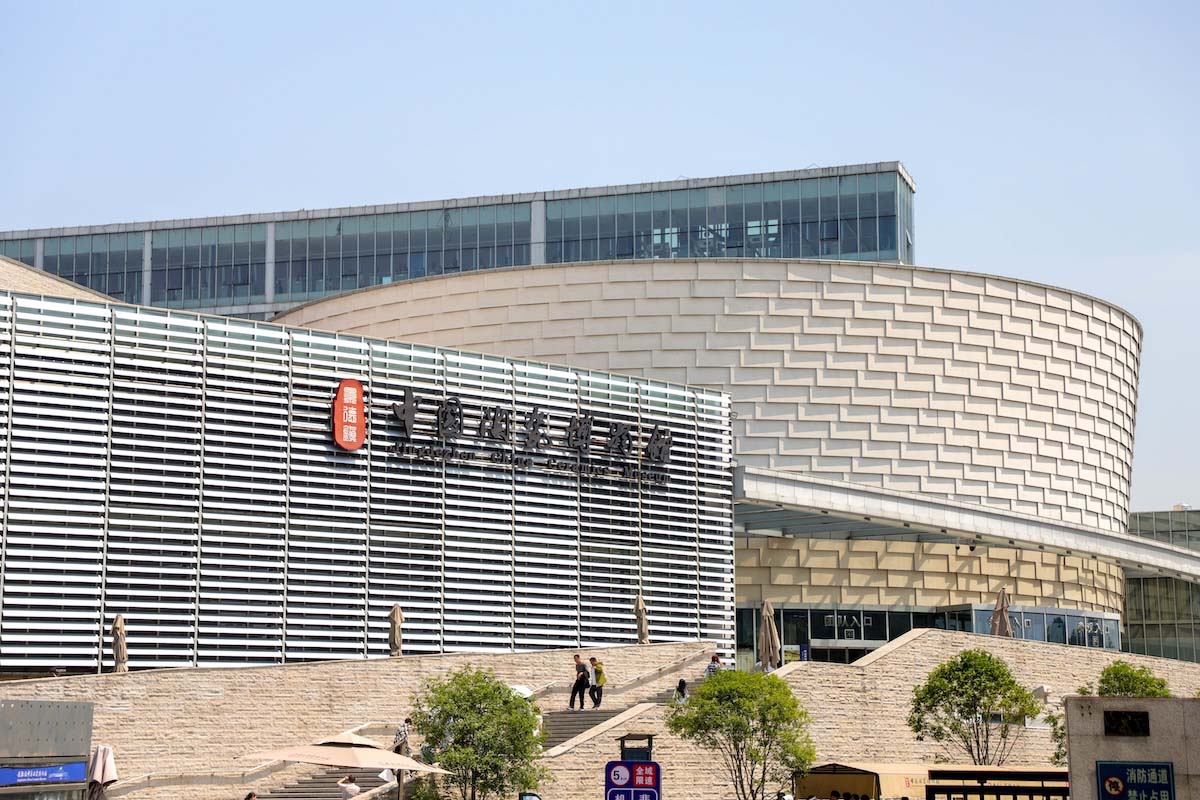
Nestled along the banks of the Chang River, the Jingdezhen China Ceramic Museumstands in quiet elegance, its gray-tiled roofs and white walls echoing the timeless charm of the “Porcelain Capital.” Stepping into the exhibition hall, visitors are immediately greeted by a stunning Yuan Dynasty blue-and-white meiping vase adorned with peony motifs. The deep cobalt patterns dance across the milky glaze, as if capturing the very moment the ancient artisan’s brush brought them to life.
Wandering through the halls is like traversing centuries of ceramic artistry—from the understated grace of Song Dynasty yingqing ware, to the vibrant hues of Ming Dynasty wucai porcelain, and the delicate refinement of Qing Dynasty fencai enamels. The traditional craftsmanship section vividly recreates the age-old processes of throwing, glazing, and kiln-firing, immersing visitors in the rhythmic labor of ancient workshops.
The contemporary galleries reveal the innovative spirit of modern ceramic art. Ultra-thin porcelain glows like translucent jade under the light, while avant-garde creations seamlessly blend time-honored techniques with bold, modern aesthetics. As the setting sun streams through the glass façade, bathing the exhibits in golden light, these millennia-old treasures seem to awaken anew—each whispering the enduring legacy of Jingdezhen’s unbroken kiln fires.
10:30 AM: Ancient Kiln Folk Culture Museum
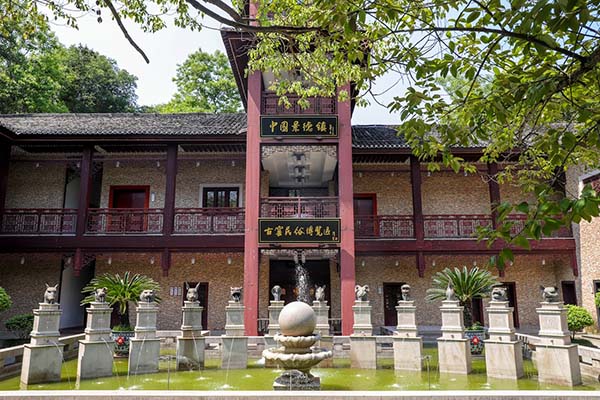
Stepping into the museum feels like entering a Ming Dynasty workshop.
An elderly potter bends over his kickwheel, fingers dancing with the clay as a slender meiping vase takes shape beneath his touch. Inside the kiln house, pine wood crackles in the fire. Ceramic blanks sealed in saggers undergo their 1,300℃ metamorphosis. "This dragon kiln from the Ming era," the guide explains, "burned continuously for seven days and nights—each firing a pact between man and flame."
Around the corner, a blue-and-white painter trails his brush across raw porcelain, cobalt bleeding into the clay like ink on rice paper. Children laugh near piles of glaze stones, their hammers sending up pearlescent dust in the sunlight. The silhouette of a Qing-era egg-shaped kiln cuts a calligraphic stroke against the sky. A potter’s descendant offers freshly fired teacups, their jade-like glaze proof that the fire lit a thousand years ago still glows in Jingdezhen's hands today.
Noon: Lunch at Sanbao's "Pottery Utopia"
Tucked along the winding mountain roads of historic Sanbao Village, this restaurant serves Jiangxi-style cuisine in a quiet, garden-like setting.
Note: The kitchen closes from 2:00–4:30 PM, so it's best to arrive for lunch before 1:00 PM. Reservations are recommended on weekends and holidays.
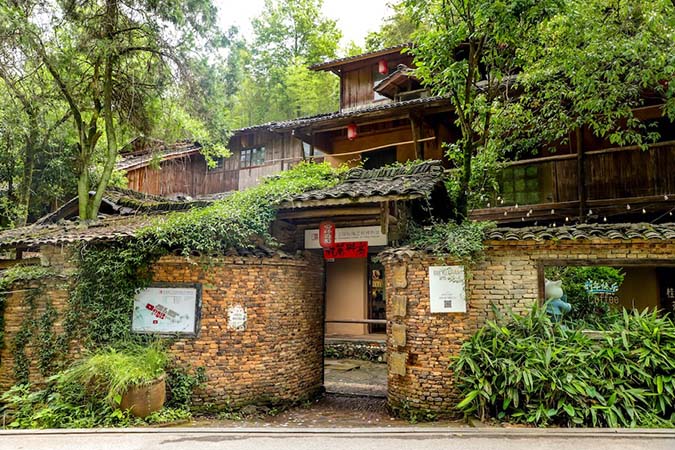
2:30 PM: Sanbao Water Mill, Hutian Giant Vase Factory & Hutian Kiln Ruins
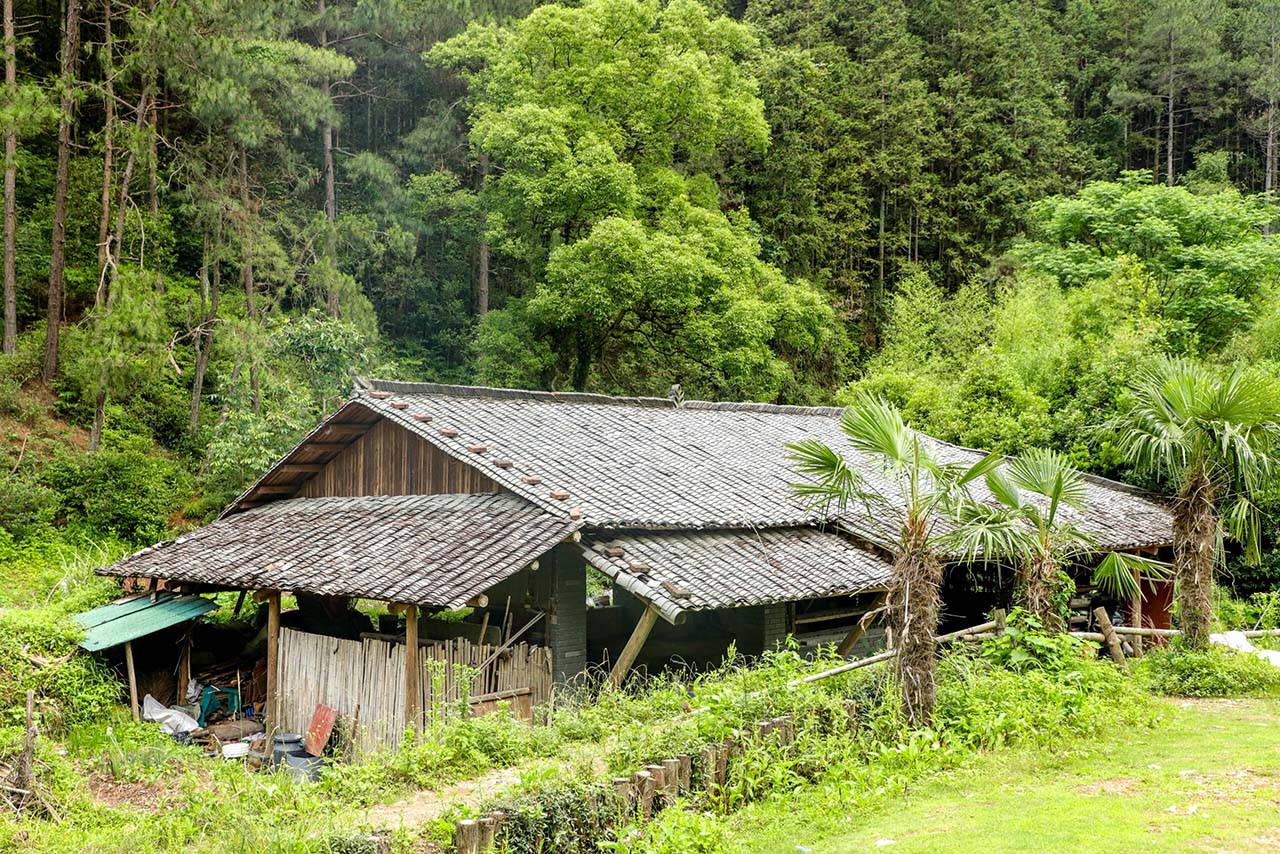
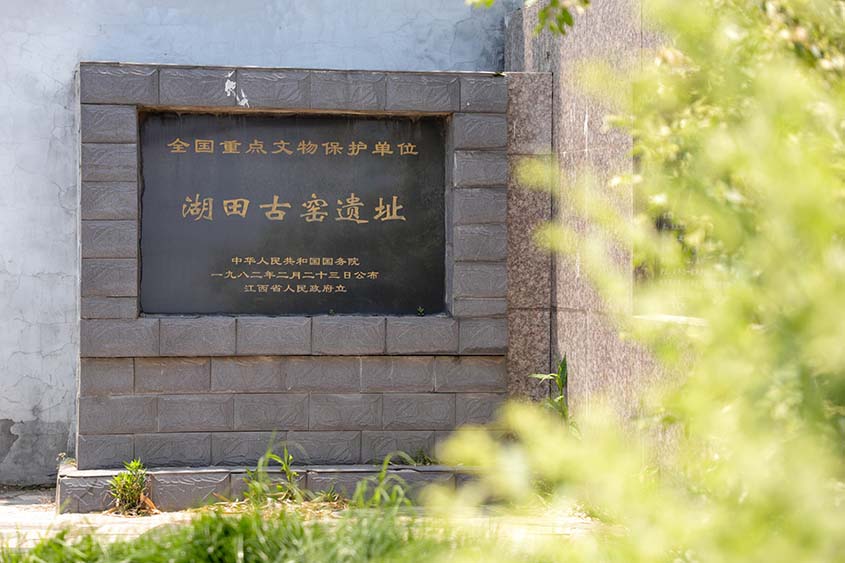
By the rushing streams of Sanbao Valley, four wooden hammer mills have stood since the Northern Song Dynasty, their rhythmic thud-thump echoing through centuries. Powered by the flowing water, sandalwood pestles tirelessly pound porcelain stone into fine powder, which glides through troughs like liquid pearl under the sunlight. An elderly craftsman kneels by the stone mortar, sifting silky clay through his fingers. "If these hammers ever stop," he murmurs, "the soul of Jingdezhen fades." As water droplets sparkle in the air, Yuan Dynasty glaze stones whisper to modern ceramic masterpieces—a timeless dialogue carried by the stream.
On the eastern outskirts of Jingdezhen, the remnants of Song Dynasty dragon kilns sprawl across Hutian's hillside like sleeping giants. Centuries of ceramic shards crunch underfoot—their bluish-green glazes still luminous, as if the ancient kiln fires never died.
Inside the Folk Kiln Museum,an unfinished bowl with children's play motifs sits frozen in time on a recreated workbench, its painter's abandoned brush resting nearby. Held against the light, translucent shards of yingqing ware reveal fingerprints fossilized beneath crackled glazes—centuries-old craftsmen reaching through time. Behind the museum, a reconstructed Ming “gourd kiln” roars to life. An elderly potter feeds freshly thrown teacups into its fiery maw amidst popping pinewood. "Old kilns firing new wares—that's how we keep Hutian's legacy alive," he says.
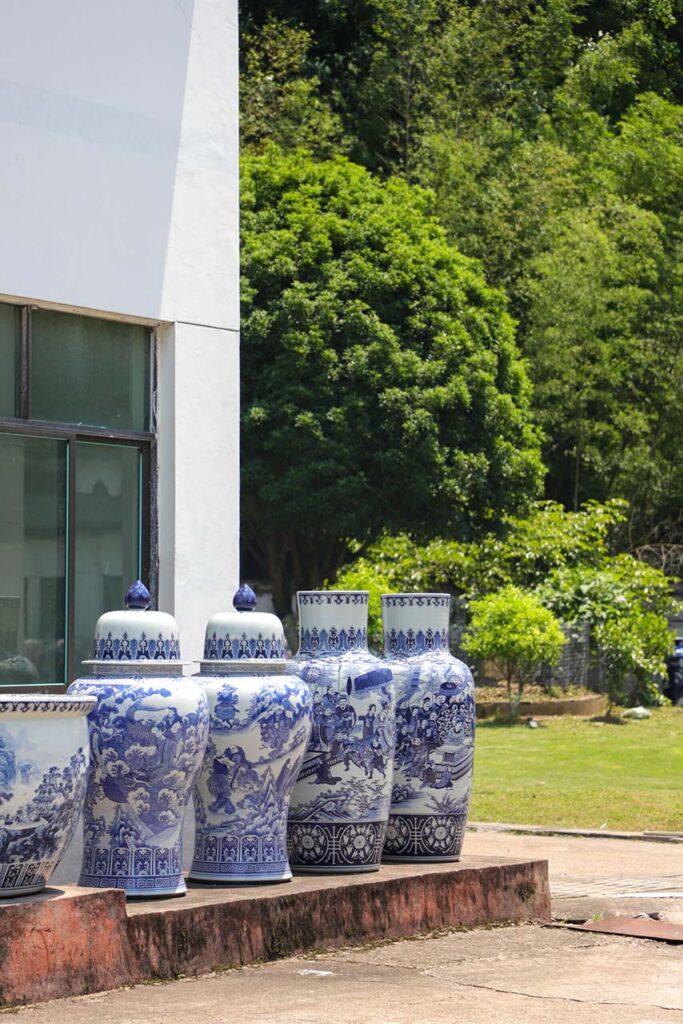
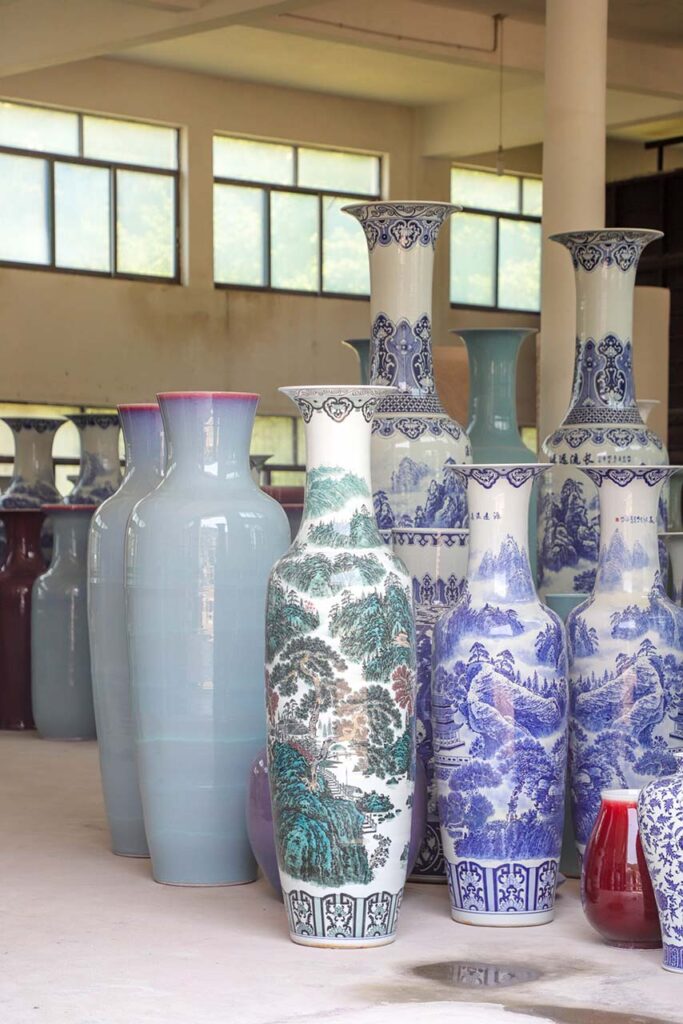
5:30 PM: Dinner at Zhuolao Family Kitchen
A hidden gem in a residential alley—this is a home-style kitchen with a handwritten menu on blackboards, serving regional dishes. The menu changes depending on the season and the supply of the day. Bonus: It's just a 10-minute walk from your next stop!
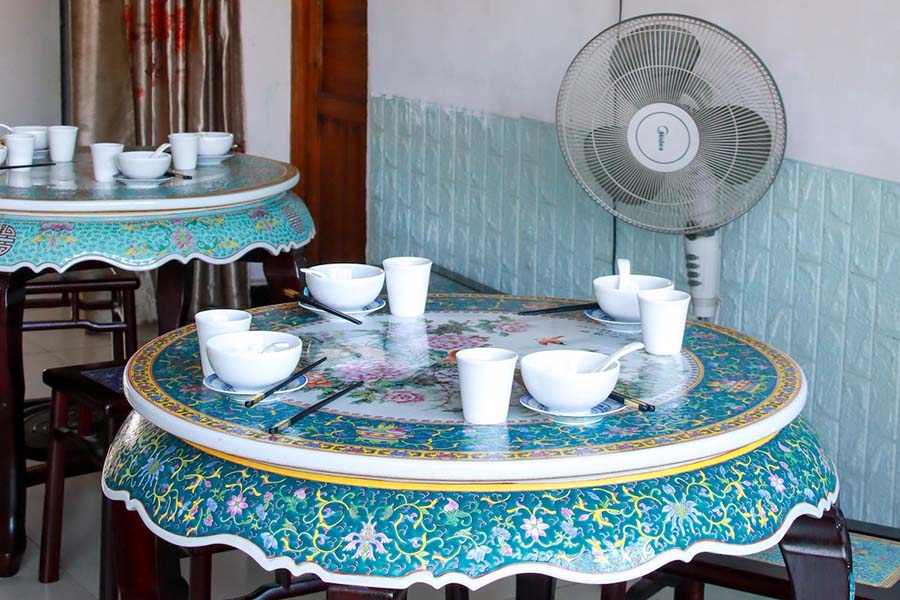
After Dinner: Taoxichuan Ceramic Industrial Heritage Museum
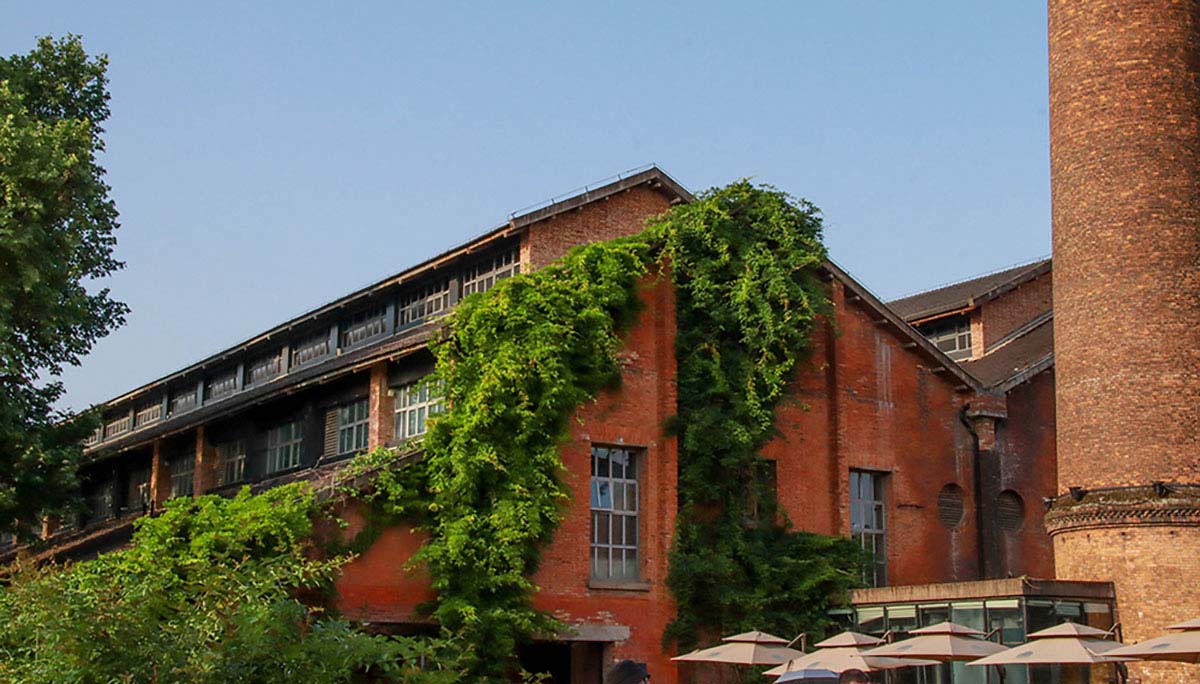
The peeling brick walls still bear the faded crimson sign: "Jingdezhen Cosmic Porcelain Factory." Inside this repurposed factory, a 1970s tunnel kiln lies dormant—its walls glazed with frozen droplets of glaze tears, silent witnesses to round-the-clock firings. Display cases showcase stacks of transfer-printed porcelain plates stamped with quality-control seals, resting beside workers' handwritten production logs. Around the corner, a projection wall shows black-and-white footage of young women painting overglaze designs—their hair strands eerily overlapping with modern visitors' reflections in the glass cases.
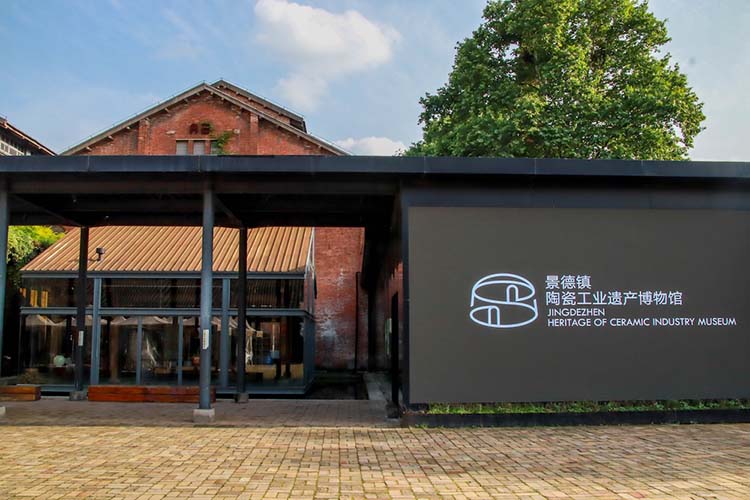
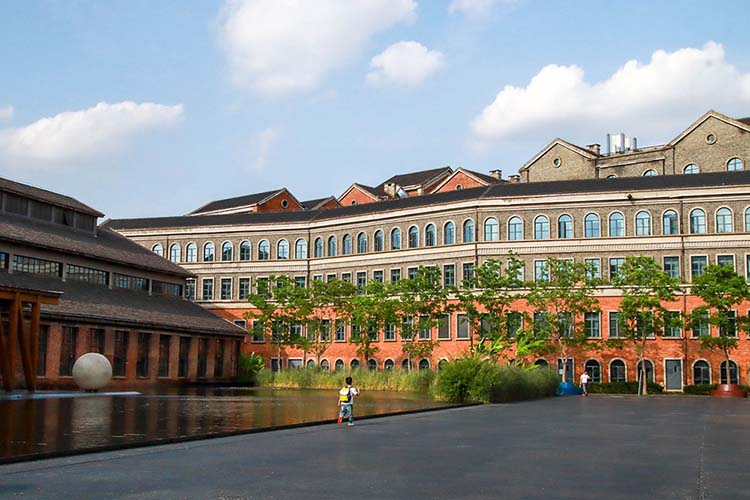
Sunlight streams through sawtooth factory skylights as a retired kiln master demonstrates slip-casting to apprentices. The whisper of liquid clay filling plaster molds becomes a living epilogue to this industrial saga. Along the bluestone-paved promenade, whitewashed shops with ink-black roof tiles unfold Jingdezhen's genetic code—Song Dynasty yingqing's subtle luster, Yuan underglaze-red's fiery intensity, and avant-garde experimental ceramics all engaging in a silent dialogue across this 700-meter gallery.
In heritage keepers’ display cases, translucent “eggshell porcelain” reveals fingerprints like living seals, while academy graduates’ windows showcase cyberpunk “Porcelain Machina,” where cobalt blue clashes with neon acrylics. Visitors trace tags with their fingertips—from ¥10 serendipitous glaze-drop cups to six-figure masterpieces—each piece whispering a distinct chapter of the porcelain capital's saga.
DAY 2 | Tools, Techniques & Trade
9 AM: Fanjiajing Antique Replica Market

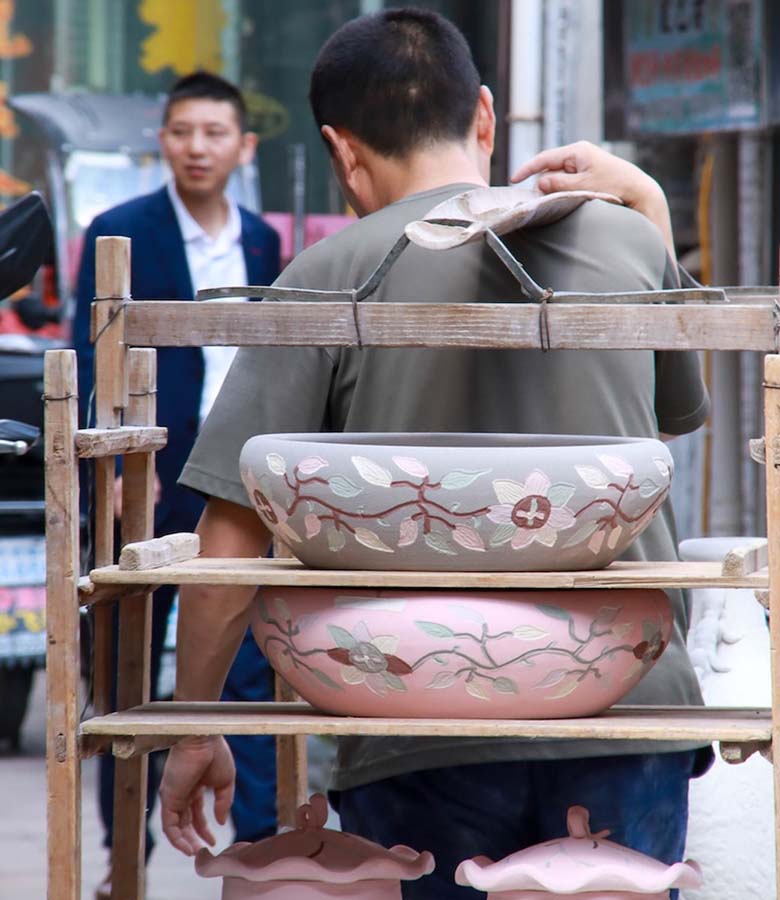
Fanjiajing Street’s defining feature is its unparalleled collection of famous ceramic reproductions. As antique porcelain collecting surged, private workshops sprouted like bamboo shoots after rain, swiftly transforming the area into a bustling market lined with replica shops. Stretching roughly one kilometer north to south, this vibrant street now hosts hundreds of ceramic stores and workshops.
Here, you'll find meticulously crafted imitations of China's most coveted dynastic wares, from the legendary “Five Great Kilns” of the Song Dynasty (Ru, Guan, Ge, Jun, and Ding) to masterpieces from the “Six Major Kiln Systems” (Yaozhou, Cizhou, Jun, Ding, Jingdezhen, and Longquan). The dazzling array includes Yuan blue-and-white (qinghua), underglaze-red (youlihong), famille rose (fencai), doucai, wucai, and every imaginable glaze variation. Even replicas of modern ceramic masters' works proudly fill the shelves, making Fanjiajing a one-stop treasure trove for collectors and admirers alike.
10:30 AM: Laoyatan Handmade Porcelain Slabs
Porcelain panels are a quintessential medium for Jingdezhen's artistic ceramics, and Laoyatan has emerged as a vital hub for the city's ceramic craftsmanship. Today, it stands as an influential industrial cluster for artistic porcelain panels and a celebrated creative district renowned for its ceramic artistry.
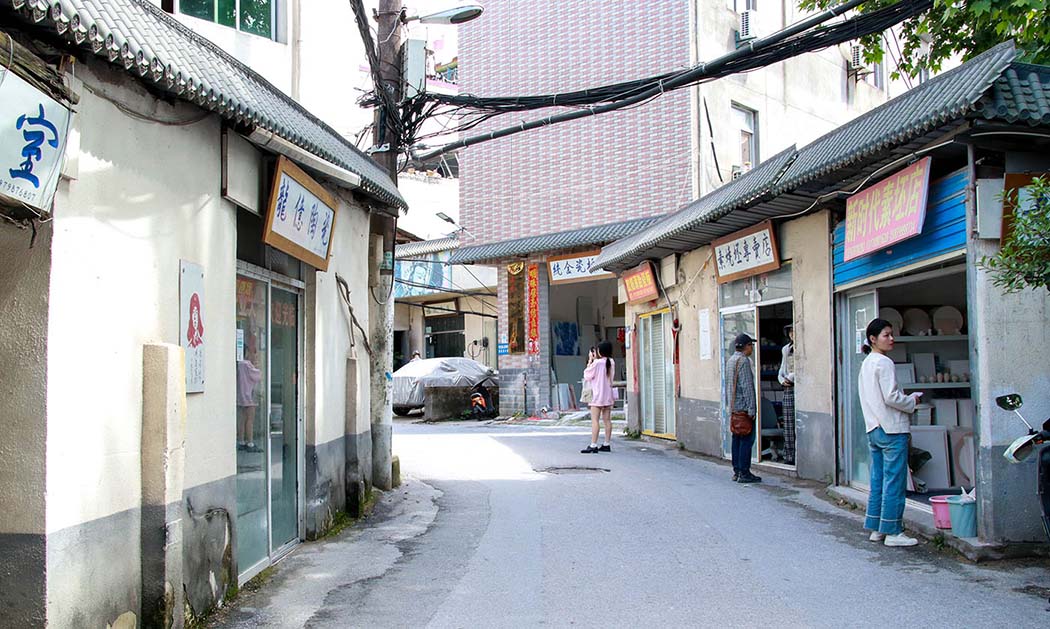
Nestled on the outskirts of Jingdezhen, Laoyatan's history traces back to the late Qing Dynasty. A historic blue-and-white porcelain panel depicting the imperial kiln complex reveals that Laoyatan once hosted an imperial inspection checkpoint (Fengzhi Ka) to monitor river traffic, while the city's ceramic production centered around the official and private kilns within the urban area. The 1990s marked a turning point as workshops rapidly expanded into Laoyatan, transforming its landscape and role. Migrant artisans—renting or building workshops—flocked here, and by 1995, over 50 independent studios thrived. These included sculpture studios, round-ware workshops, antique replicas, framed ceramics, porcelain panel studios, raw material suppliers, and private painting ateliers. Gradually, Laoyatan evolved into a compact yet fully integrated ceramic ecosystem.
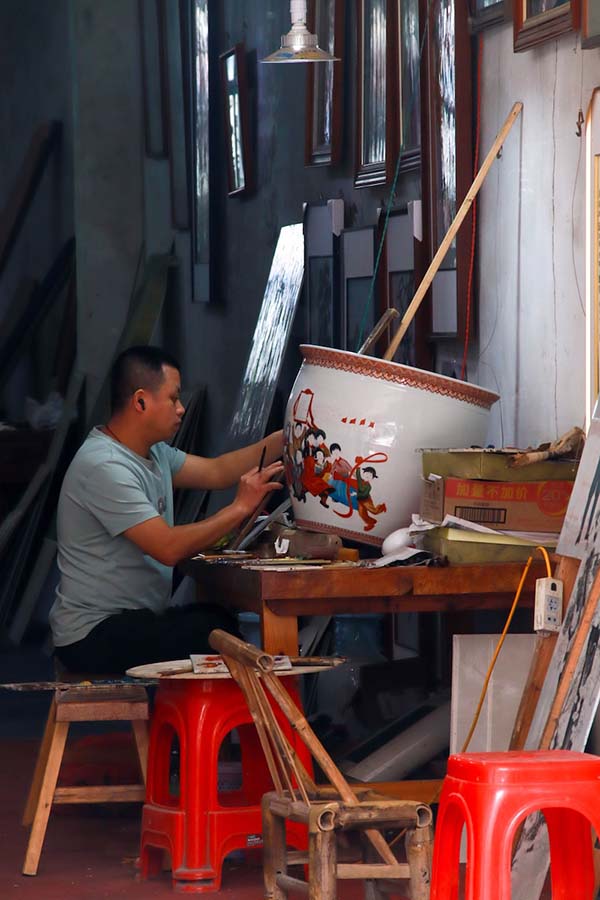
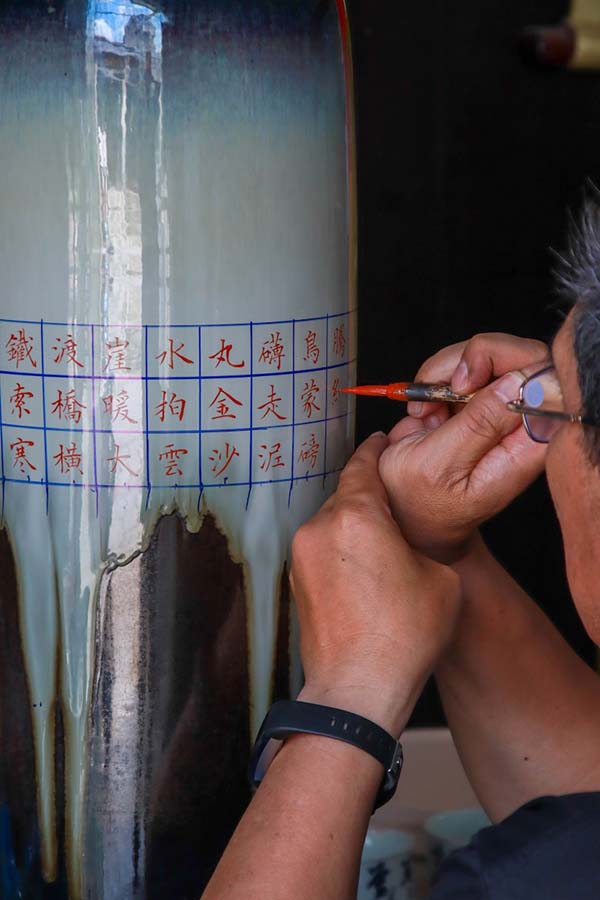
12 PM: Guangming Porcelain Factory
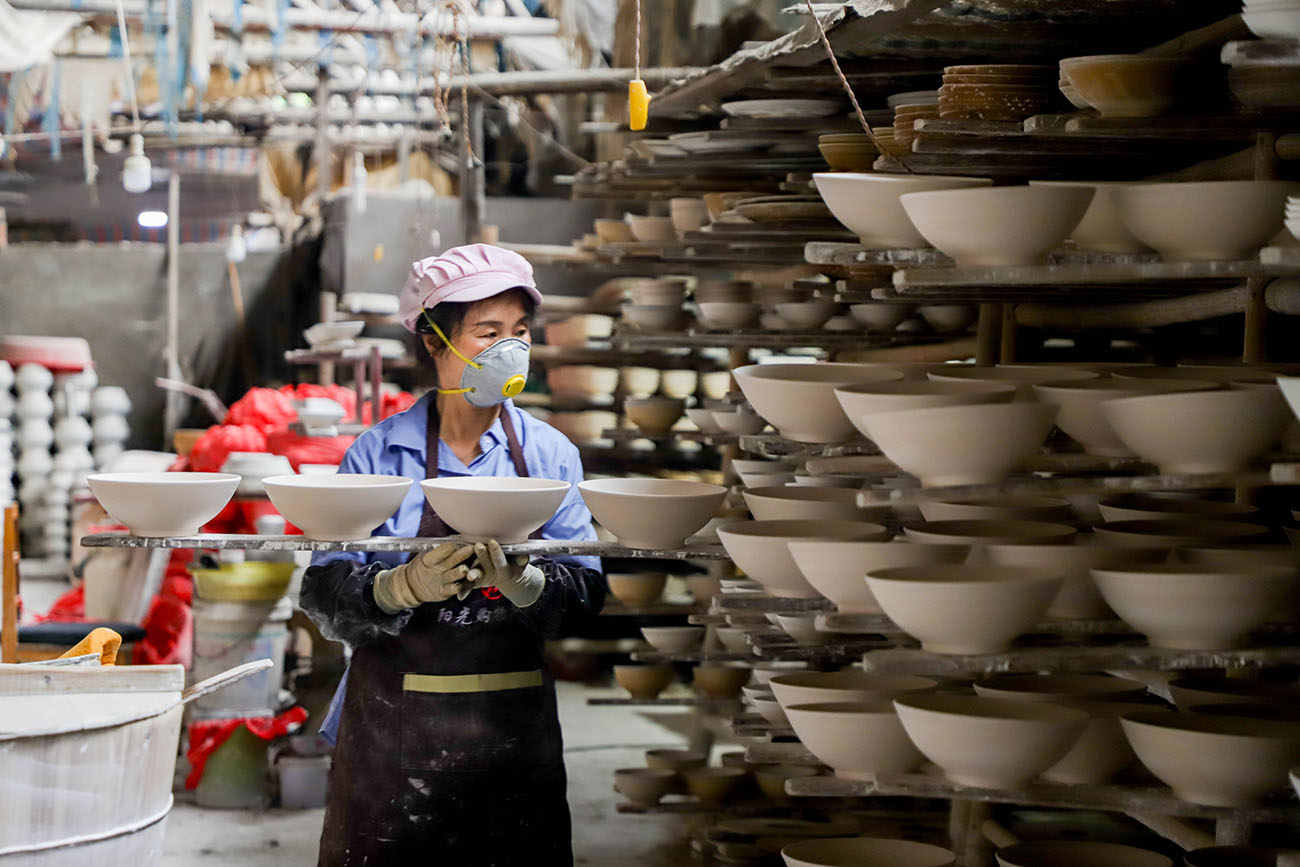
Established on August 1, 1961, Guangming Porcelain Factory was designated as a National Grade-II Enterprise and China’s key export base for linglong porcelain (blue-and-white “rice-pattern” ware) by the Ministry of Light Industry. Located in southern downtown Jingdezhen near the Chang River, the factory specialized in this delicate craft.
Initially producing limited designs, Guangming revolutionized the art through technical innovation. By 1978, it was mass-producing nearly 100 matching tea/tableware sets, expanding in the 1980s to 195-piece dinner sets and decorative wares with intricate motifs. Transitioning from handicraft to mechanized production, its works earned three international gold medals and seven national gold awards.
As of 2021, annual output reached 29 million linglong porcelain pieces, generating $4 million USD in export revenue—proving this 60-year-old factory remains the global benchmark for this translucent, lattice-patterned porcelain.
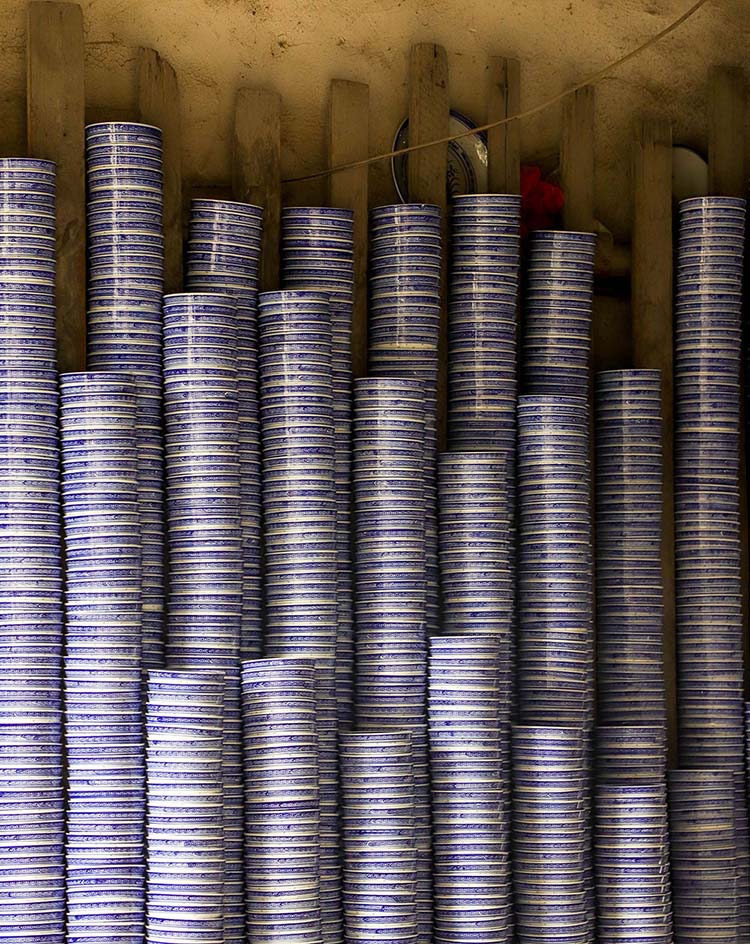
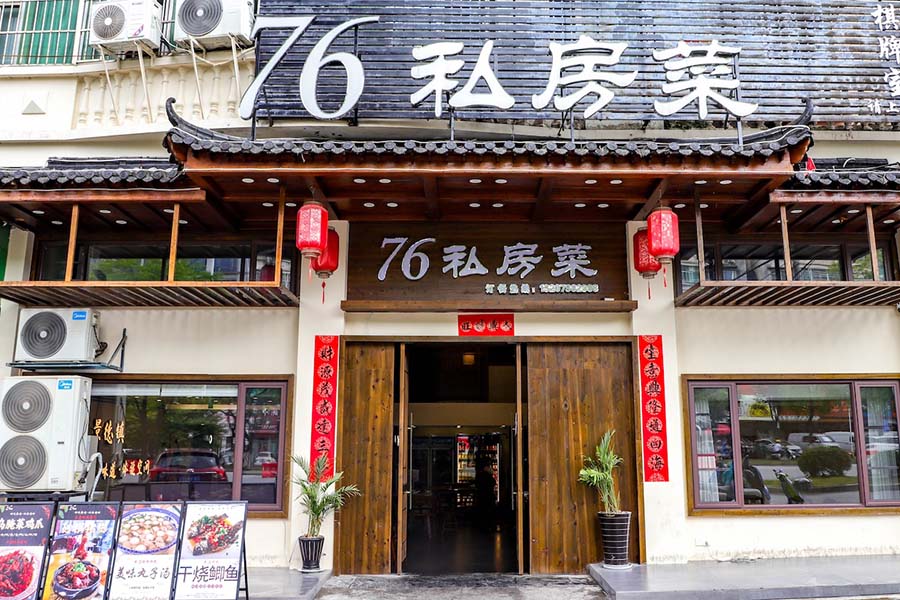
12:30 PM: Lunch at 76 Private Kitchen
A local favorite with polished takes on flavor and balanced spiciness. Dry-braised crucian carp is one of their signature dish, and try the Sesame-tangyuan meatball soup––a combination of sweet sesame filled glutinous riceballs and meatballs. A sweet-salty mashup that surprises most first-timers.
Advance booking recommended for lunch.
2 PM: The Pottery Work Shop (PWS) and International Residency Studio (IRS)
Founded in Hong Kong in 1985 and brought to Jingdezhen in 2005 by artist Caroline Cheng (郑祎), PWSwas established as a platform for ceramic artists and enthusiasts to create, learn, and exchange ideas. It now serves as the creative anchor of the Sculpture Factory community. PWS also hosts lectures and a Saturday Creative Market, which we will explore on Day 3.
Due to the private nature of the artists' studios, advance arrangements are essential for visits. Please contact us to discuss your interests and arrange access.
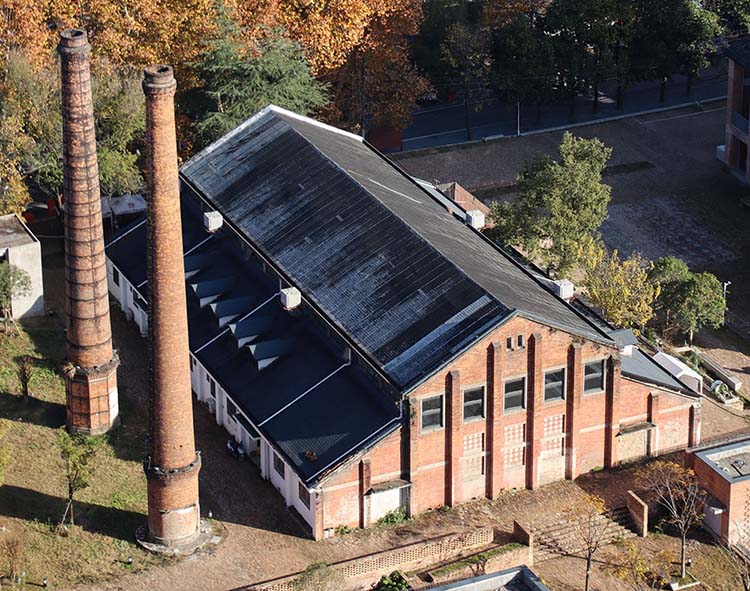
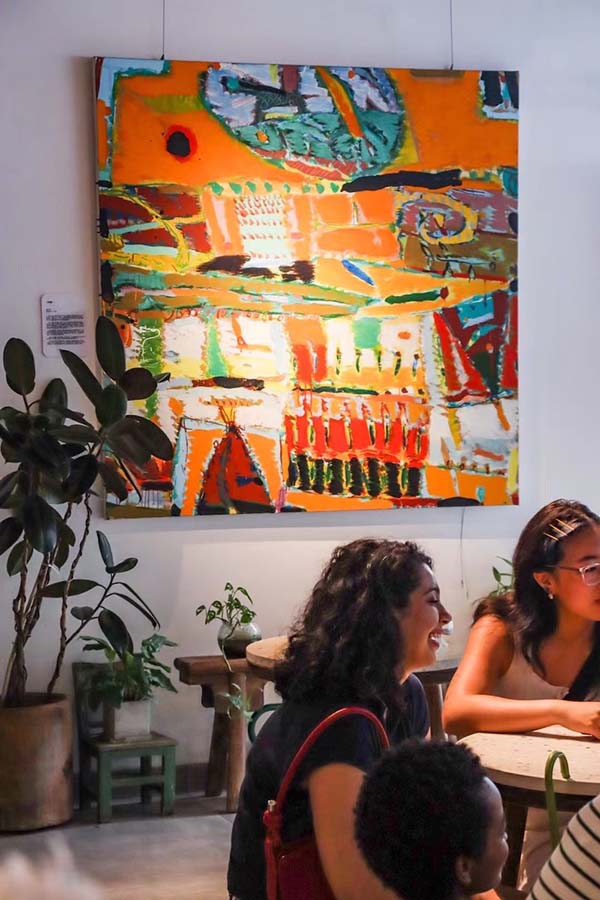
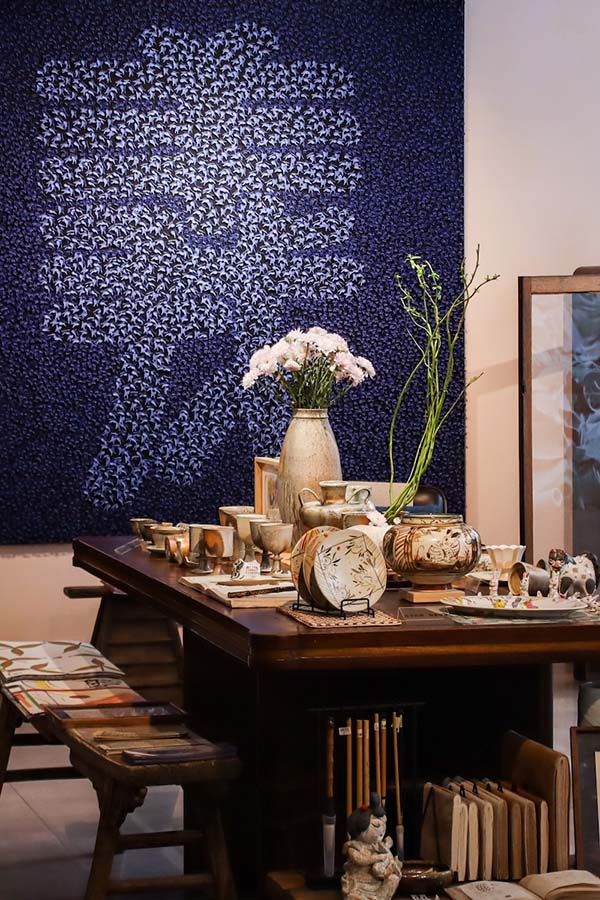
The Pottery Workshop also offers an International Residency Studio (IRS), established in 2005. To date, IRS has hosted more than 1,000 residents from around the world.
Artists can schedule their stay on a weekly or monthly basis and are provided with on-campus housing, semi-private studio space, freshly made daily meals, and shared studio coordinators who assist with navigating the city and connecting with local artists. The IRS program includes four customizable formats: individual artist residency, group residency, specialized workshops focused on local ceramic techniques, and group study tours that combine hands-on workshops with studio visits. For inquiries, please contact [email protected]
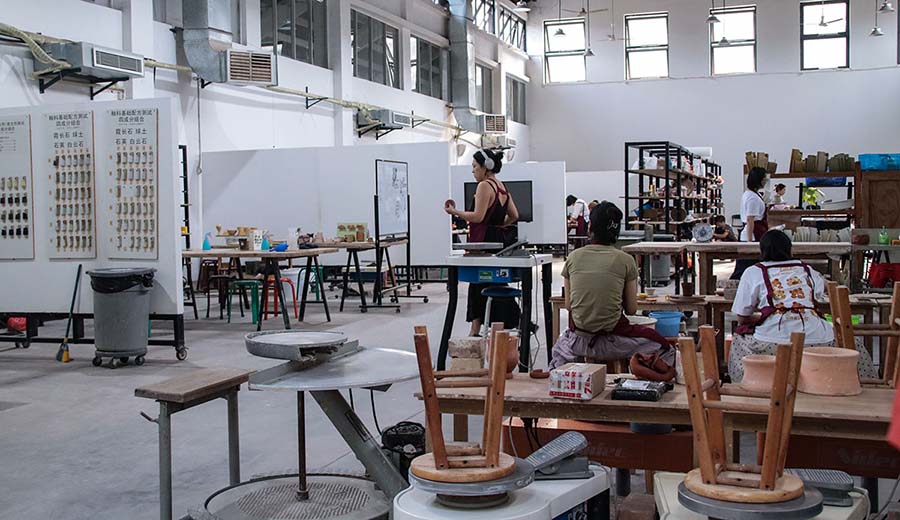
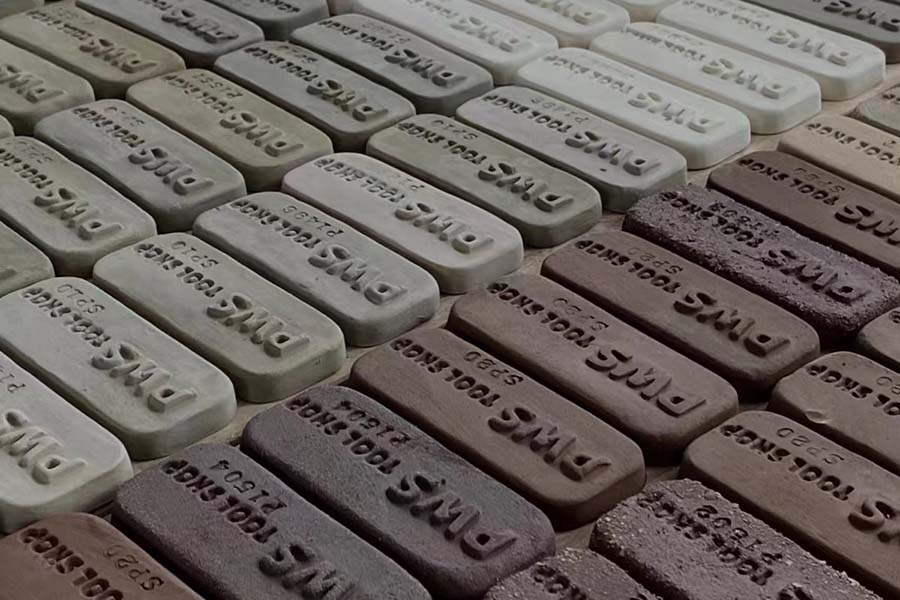
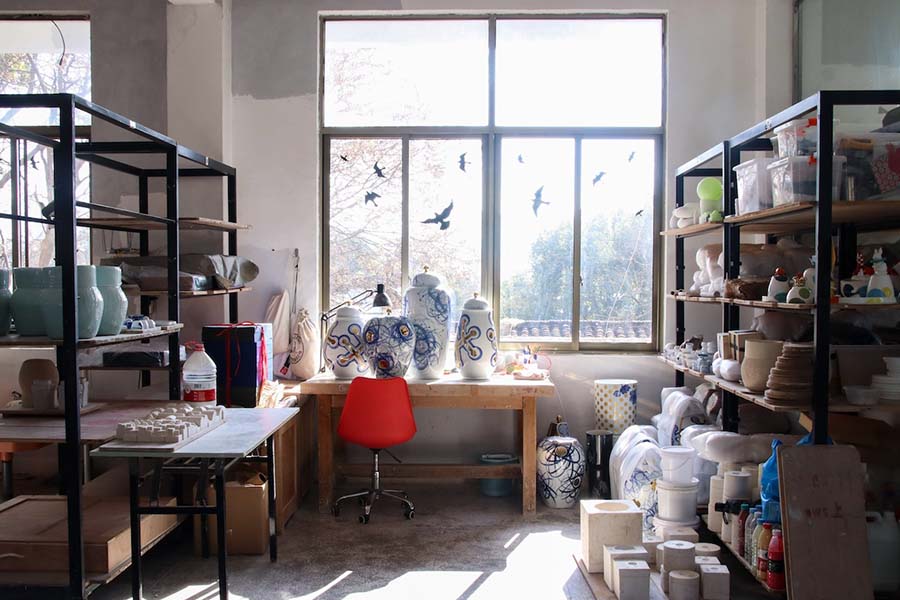
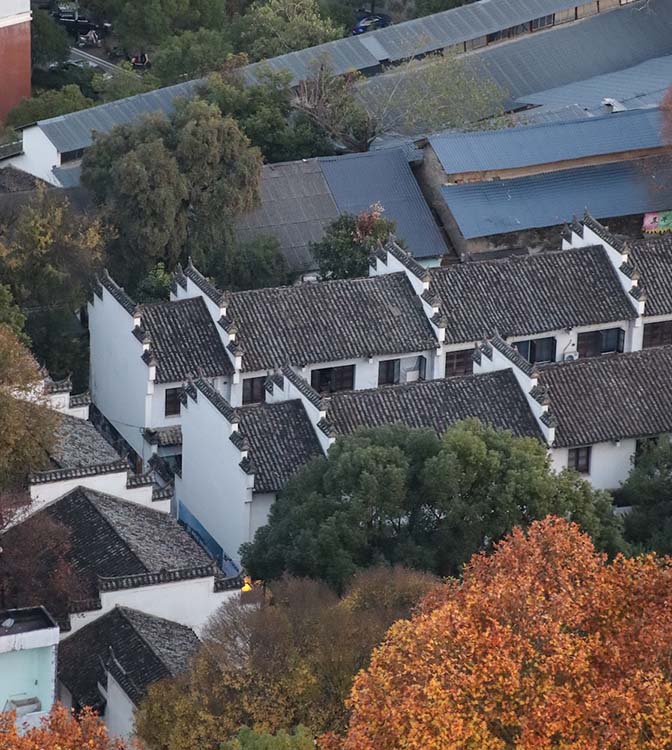
Jingdezhen Sculpture Factory
Established in 1956, Jingdezhen Sculpture Factory was initially a state-owned enterprise specializing in the production of ceramic sculptures, decorative ceramics, and industrial mold ceramics. It remains a significant cultural and industrial landmark in Jingdezhen.
After the reform era in the late 20th century and a series of commercialization efforts, the factory has evolved into a cultural destination and a hub for Jingpiao artists—individuals from across China and around the world who come to pursue their passion for ceramics. The factory's ecosystem supports these artists with a comprehensive supply chain, including raw materials, production facilities, and sales platforms.
The Old Factory and Laochang Studios
The “Old Factory” district emerged during the mid-20th century as part of the city's industrialization efforts. Now, the district remains a key source for ceramic materials—bisque ware, glaze powders, tools, and more—all in one compact area.
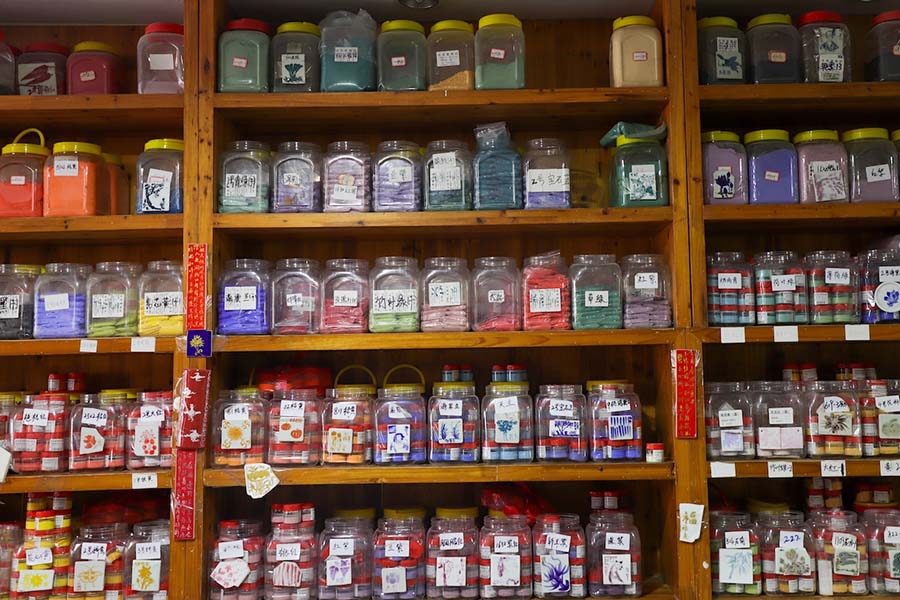
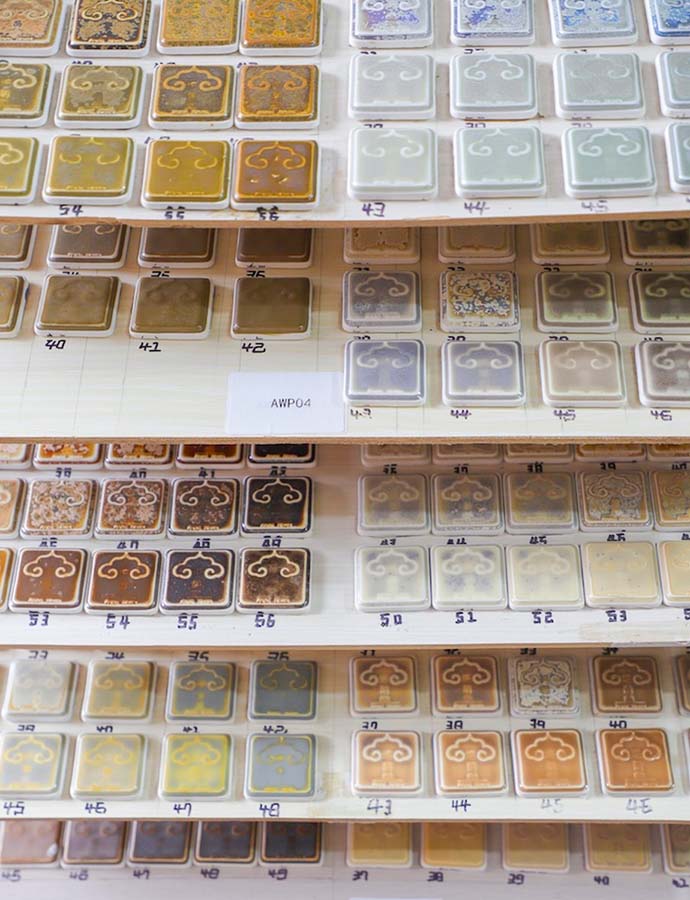
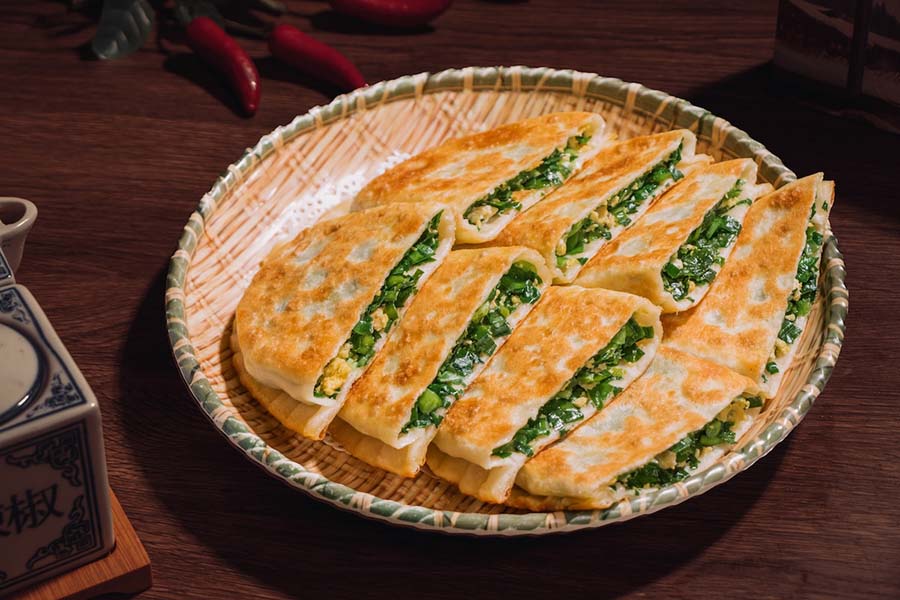
6 PM: Dinner at Dongbei Xiangshun Restaurant
A change from the spicy Jiangxi flavors, this restaurant offers hearty and flavorful Northeastern cuisine—perfect after a long day on your feet. Recommended dishes include Guo bao rou, a sweet-and-sour crispy pork; Da la pi, cold mung bean noodles; and Jiu cai he zi, savory leek-stuffed pastries.
7 PM: PWS Friday Lecture
A long-established tradition since 2005, the PWS Friday Lecture Series has invited many local and international artists to share their works, insights, and expertise with the Jingdezhen community. Talks are conducted in English or are bilingual and often include Q&A sessions, making them great networking opportunities.
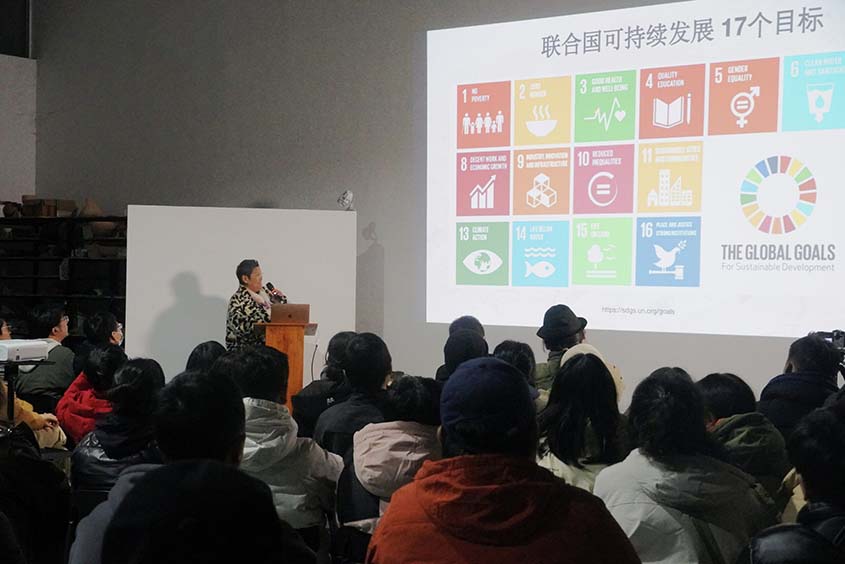
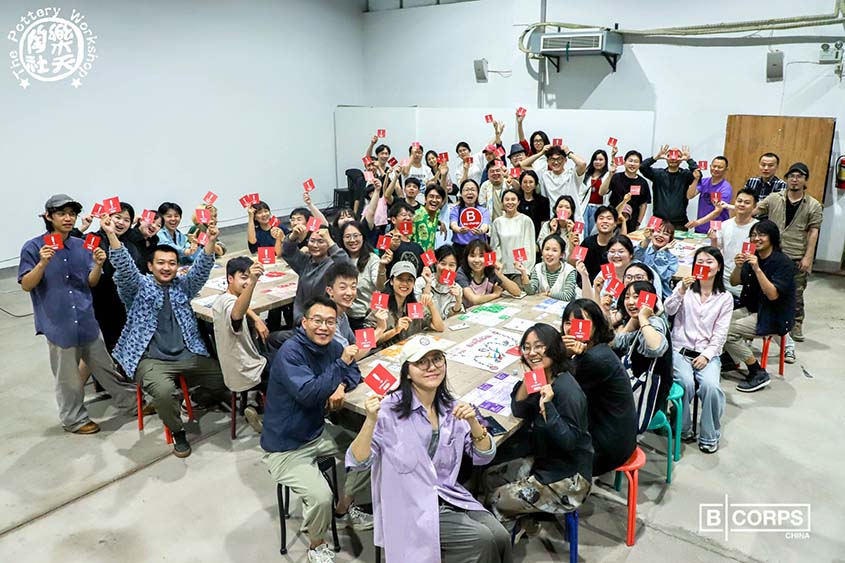
DAY 3 | Creative Market & Sustainable Design
9:30 AM: PWS Creative Market & Yi Design
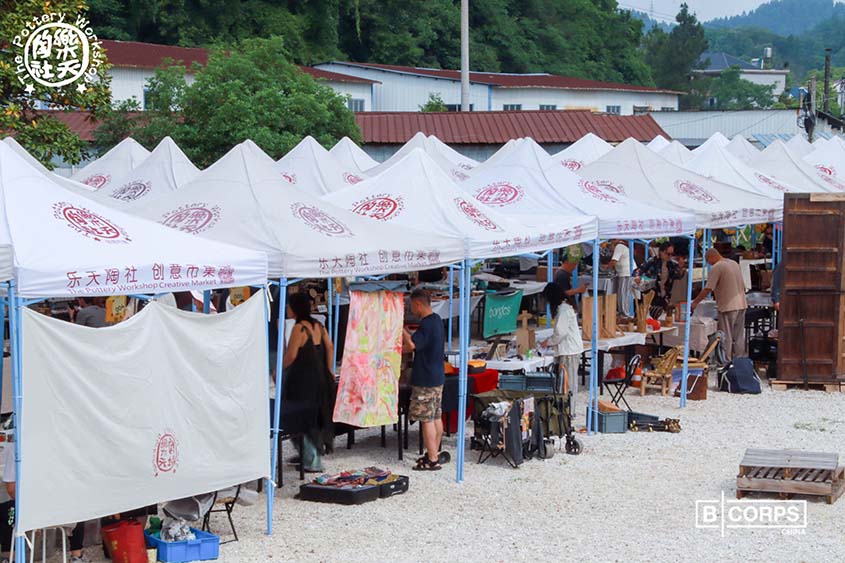
The PWS Saturday Creative Market is held every Saturday from 9:30 AM to 12:30 PM at Shuangfeng Bridge. During May and October, the market expands over several days and includes demonstrations, workshops, live music, and open studio visits.
While at the market, it's hard to miss YI Design's on-site “porcelain mountain”—a monument built from factory discards. Experimenting with ceramic upcycling, YI Design’s recycled materials and products are now being used in installations, architectural surfaces, and limited-edition art objects.
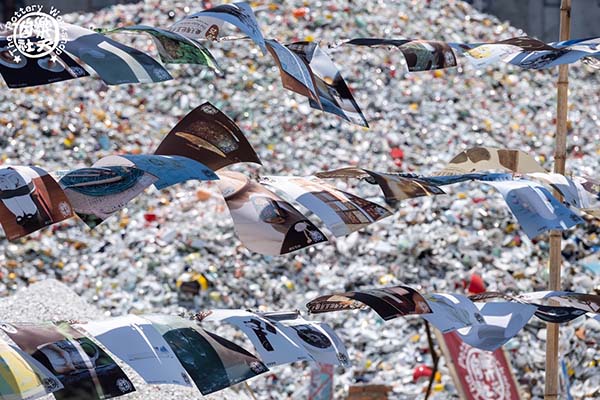
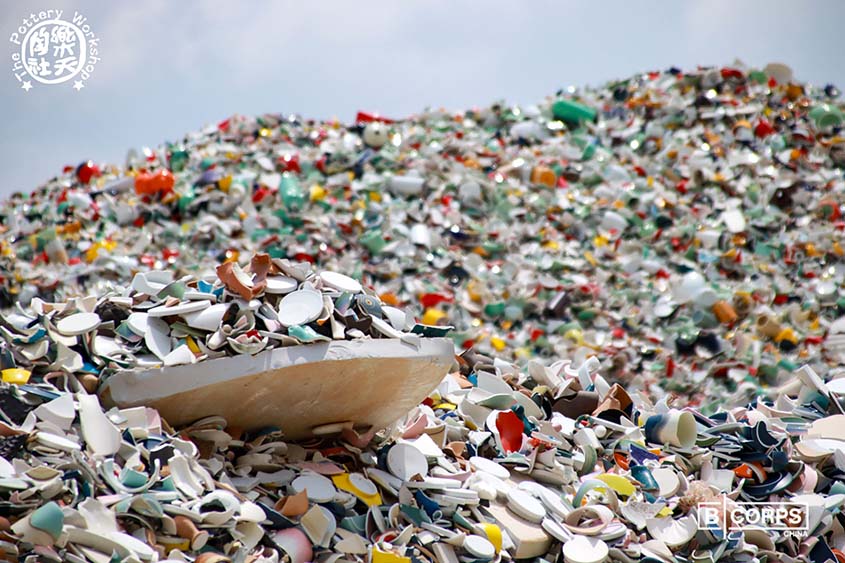
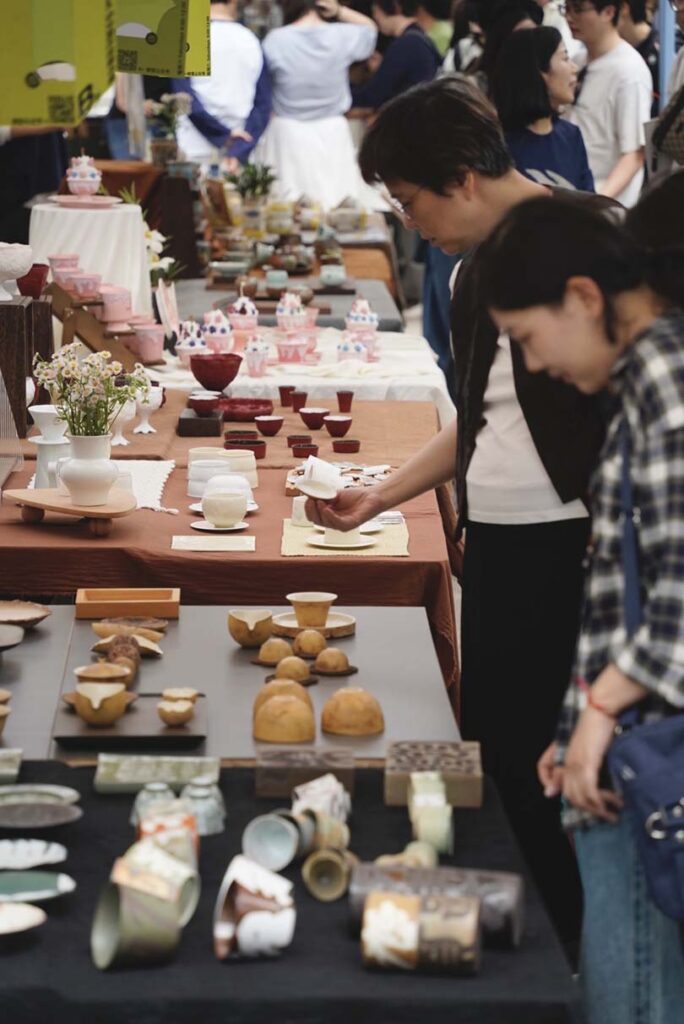
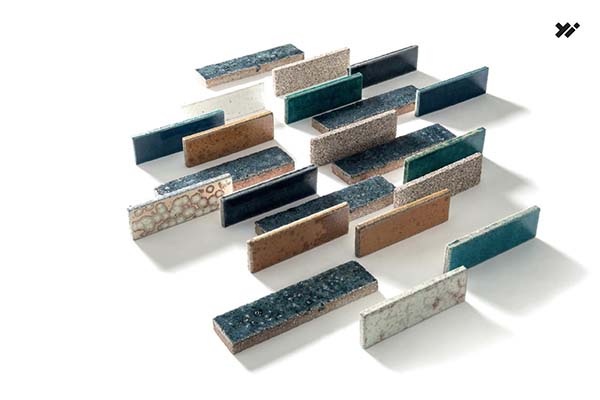
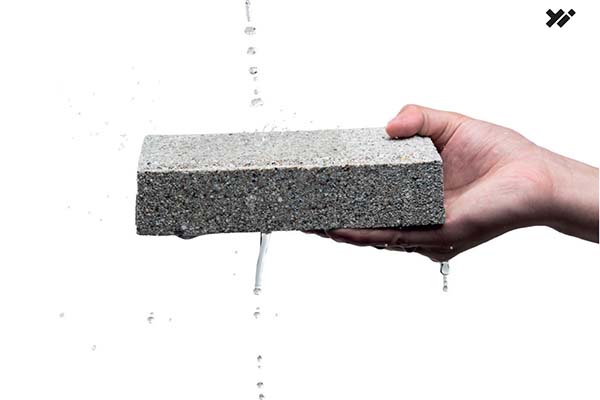
1:30 PM: Lunch at Xiaole Kitchen, Gugua Casserole Bistro, or Zaoyao Pizza
3 PM: Studio Visit at Factory 740
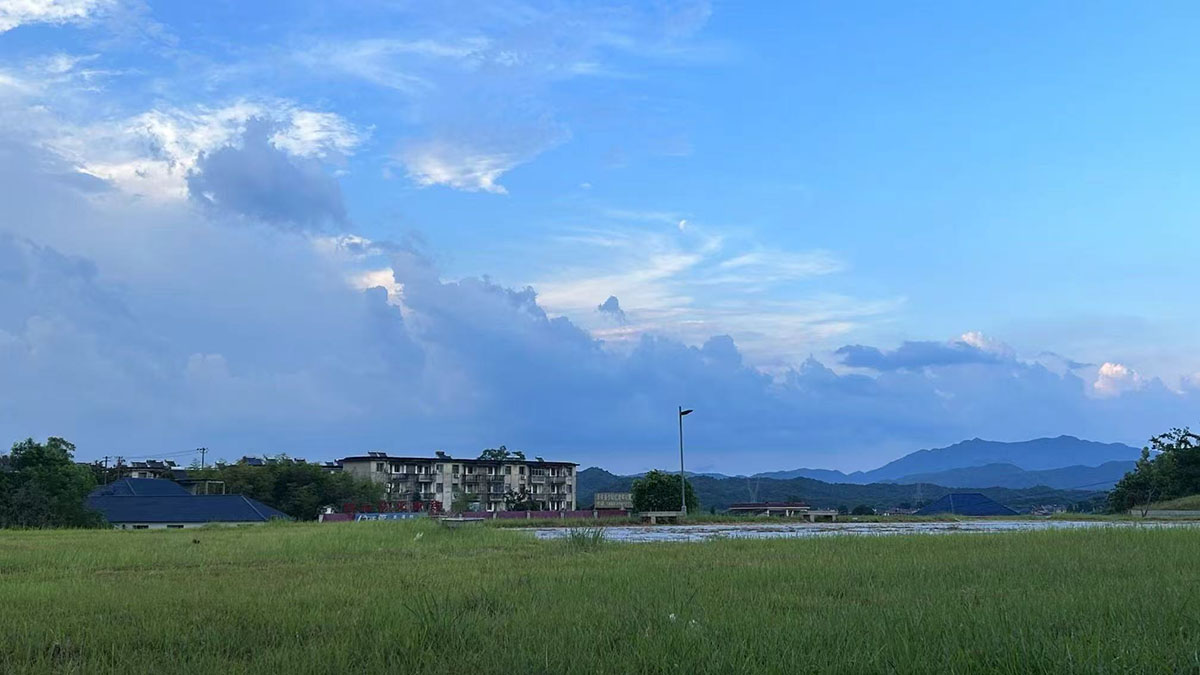
Hidden in the eastern outskirts of Fuliang County, this former 1960s “Third Front” military complex—code-named Jiangxi Jingguang Electronics Factory—now breathes new life as Jingdezhen Ceramic University's Technology Park. Tucked between misty mountains and quiet fields, the siteblends brutalist factory architecture with avant-garde creative spaces. Untamed greenery spills over every brick building, weaving through broken windows like nature reclaiming its territory—a real-life Wizard of Oz forest frozen in time.
Today, over twenty ceramic artists, designers, and entrepreneurs occupy its repurposed workshops. While some sections still host active production lines, most nooks hide handcraft studios, converted DIY-style from abandoned workshops. Each space radiates its owner's personality, hosting everything from soda-fired pottery and glassblowing to kiln-building and hand-carved woodwork. With cafes, galleries, and artisan boutiques completing the ecosystem, Factory 740 feels less like an industrial relic and more like a Bohemian oasis for the ceramic avant-garde.
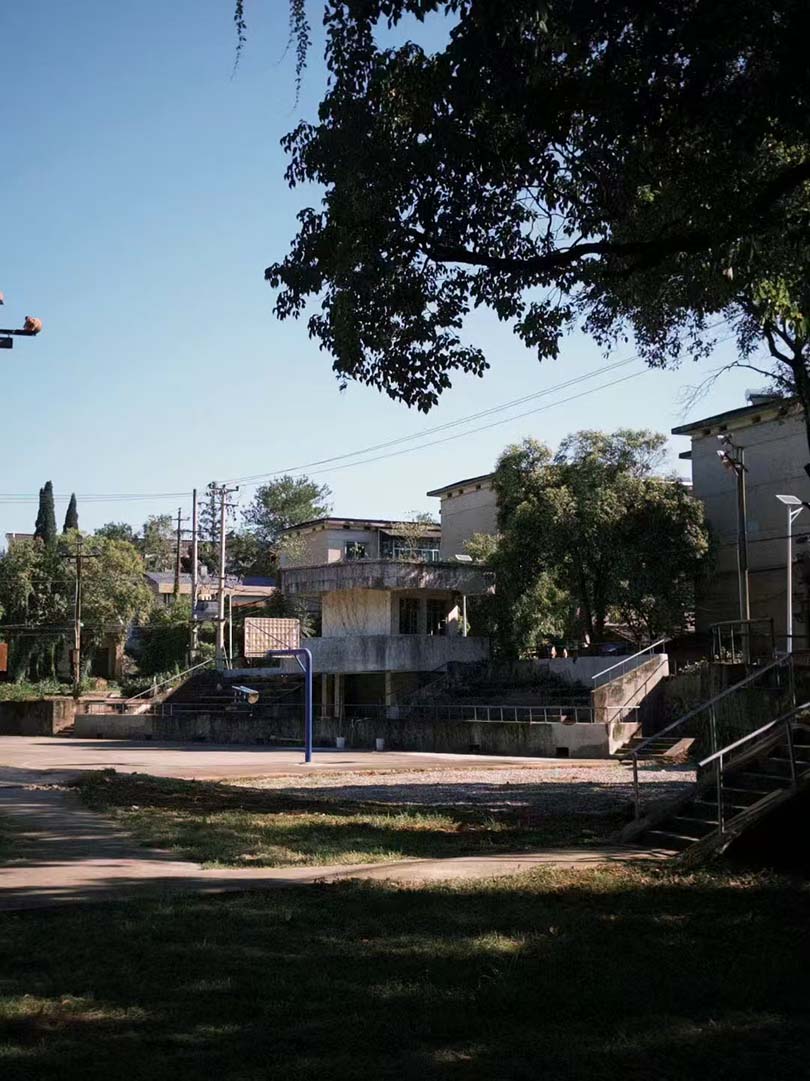
7 PM: Farewell Dinner––Damujia Ginkgo Or Xin Ronji Rongzhuang Restaurant
Damijia Ginkgo – According to traditional Chinese seasonal customs, this restaurant mainly serves seasonal dishes. It’s a highly recommended local spot in Jingdezhen, offering guests an authentic experience of traditional Chinese solar term cuisine.
Xin Ronji Rongzhuang – What began as “local snacks” and “authentic food stalls” has evolved into a complete spectrum of high-end culinary experiences. “We not only cook, but also tell stories with food.”
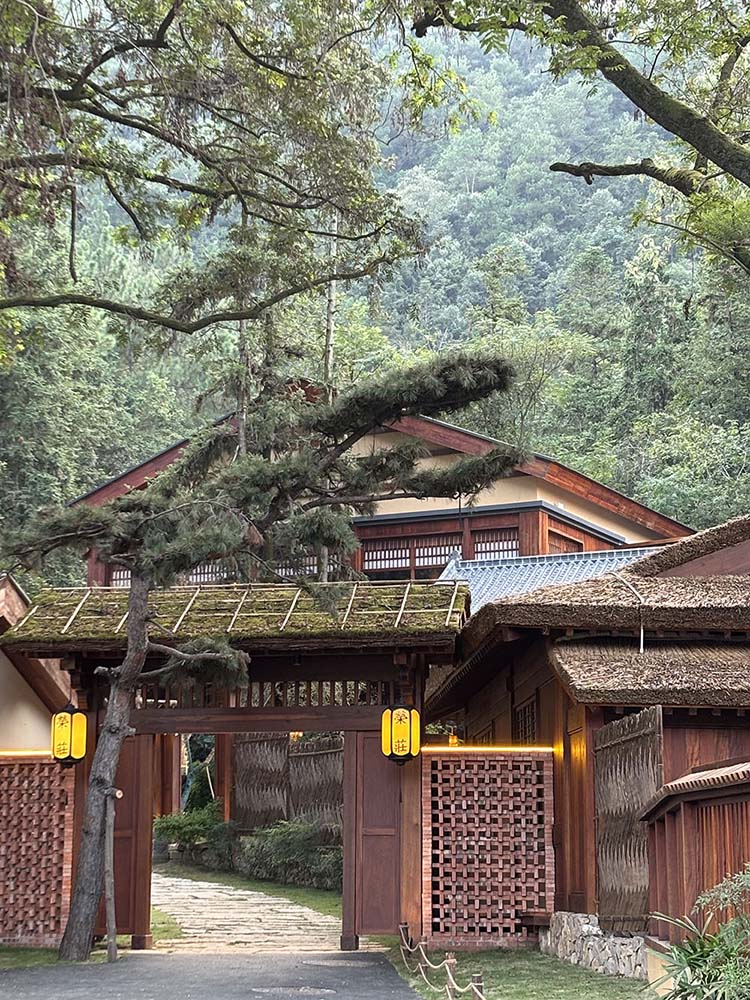
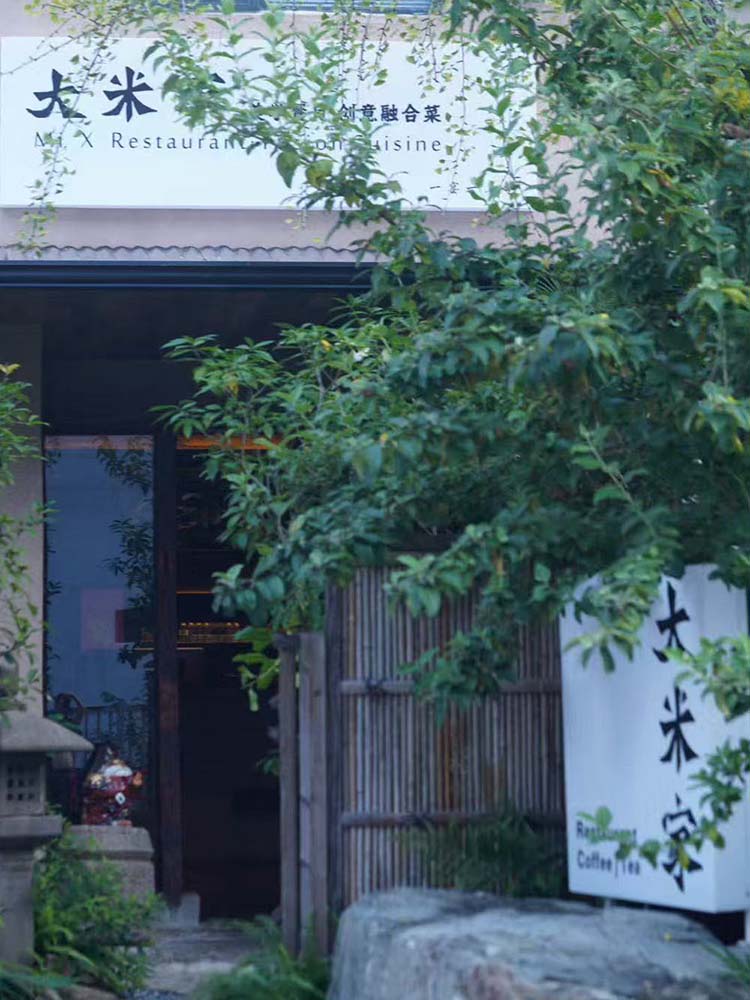
Jingdezhen Ceramic Studios
Guyue Rulingqing Studio
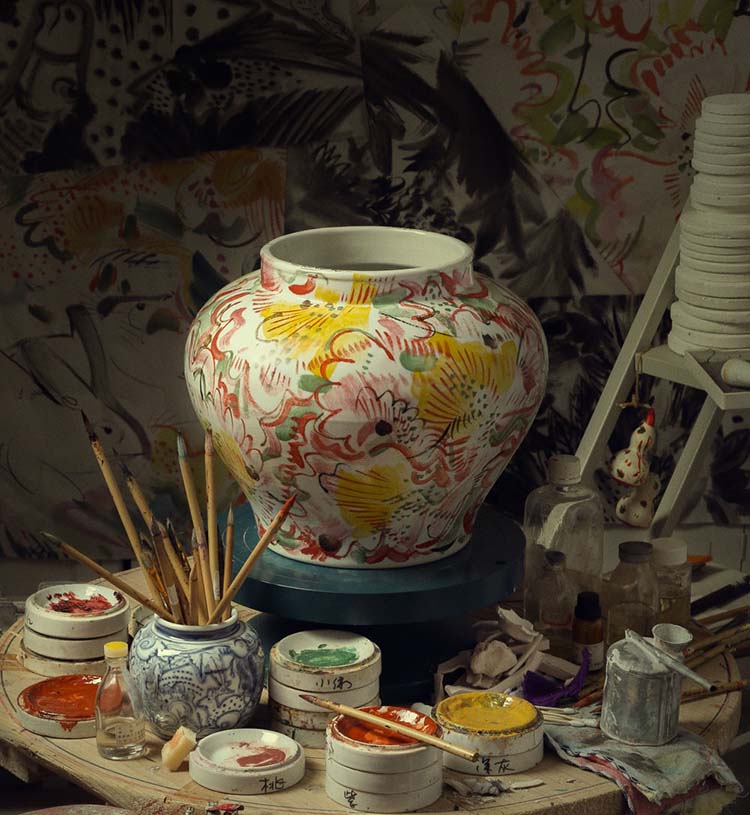
Observing the world through porcelain, and letting porcelain reflect the world. Forms find their balance between square and circle; colors emerge in harmony with the vessel’s contours. Fire brings the object into being, and light awakens its resonance.
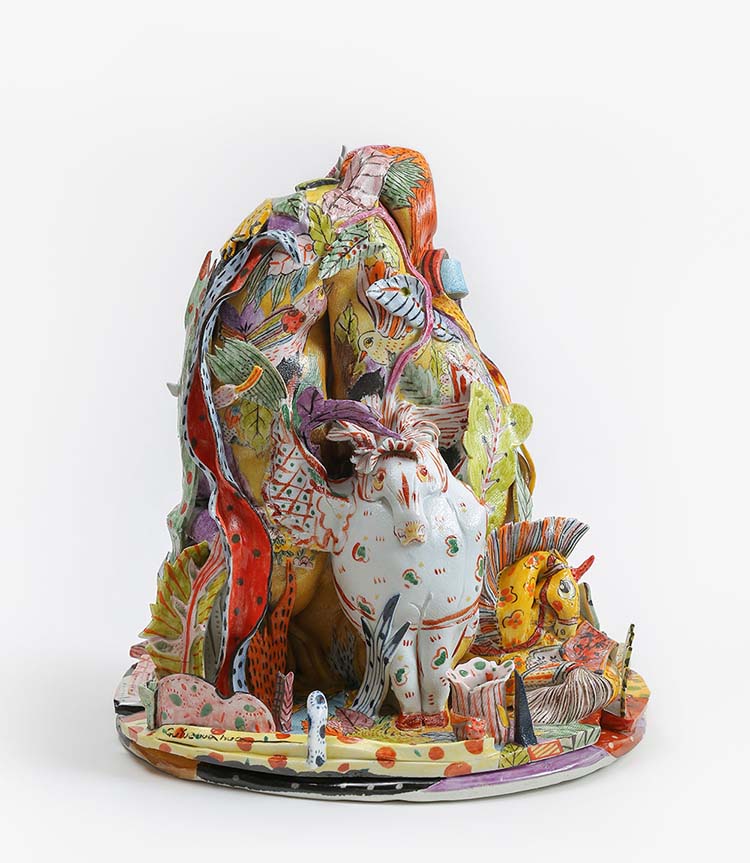
Xinkui Yunyun Studio
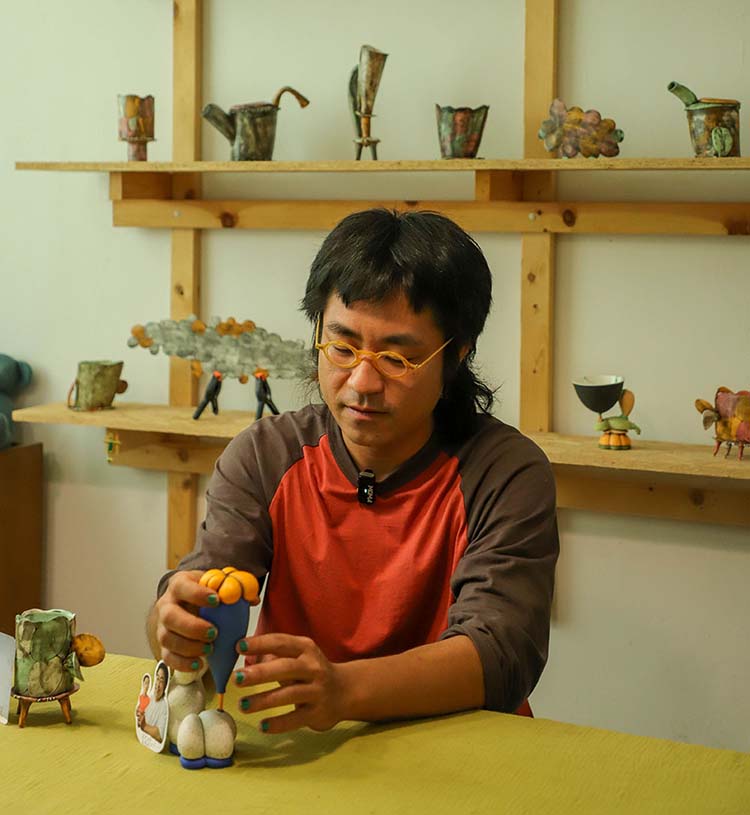
Grounded in the plasticity of clay, Xin Kui Yun Yun sees ceramic material as a vessel for personal memory and lived experience. Through evolving themes, the works bear witness to both human choice and the passage of time.
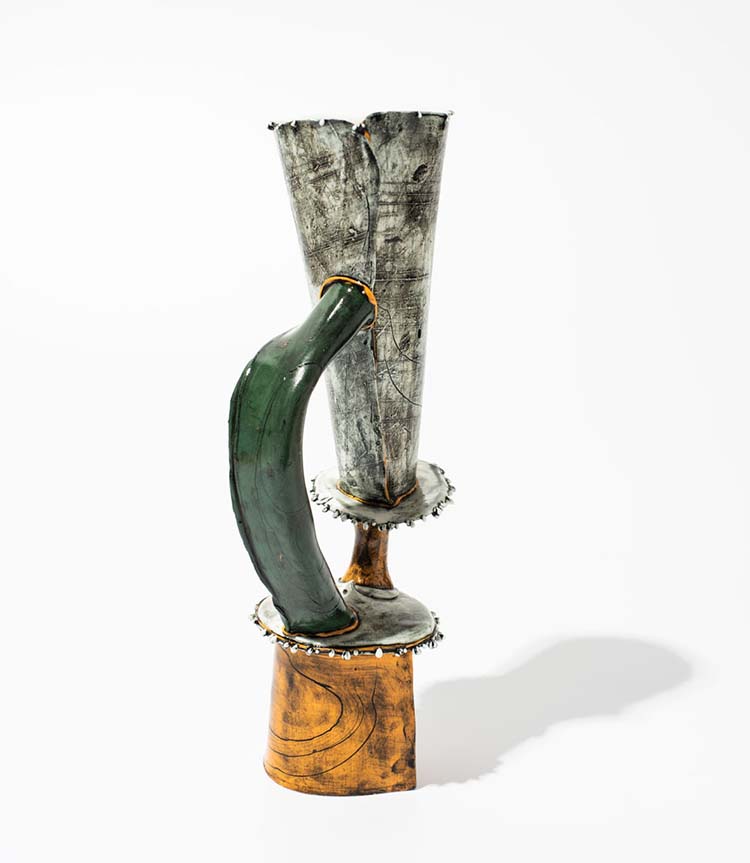
Qimiao Sculpture Studio
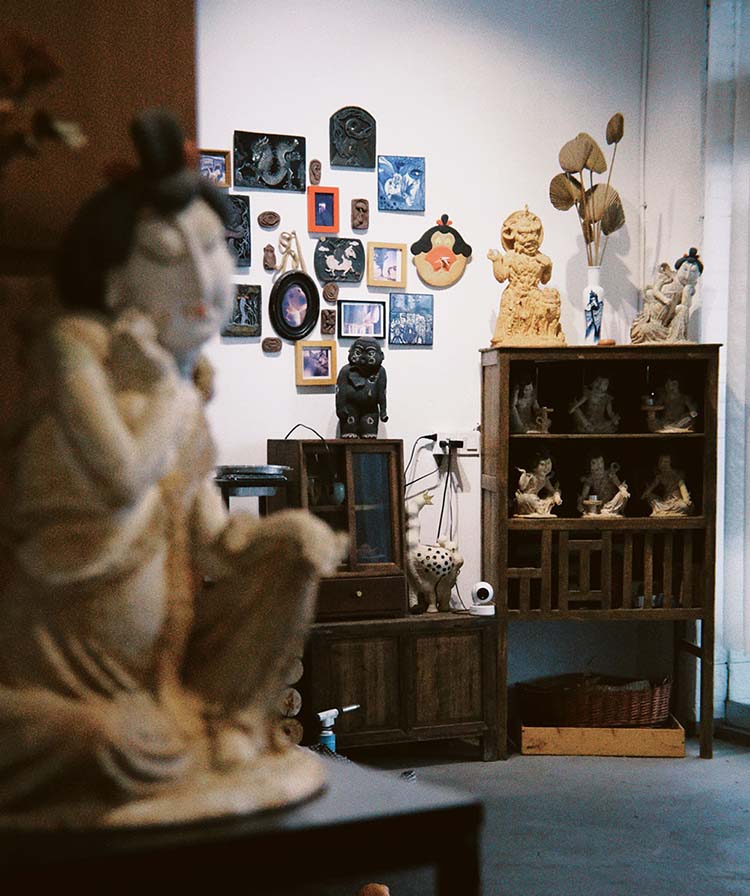
Founded by artists Mi Kang and Daliang, Qimiao Sculpture Studio draws inspiration from the spirit of classical sculpture and reimagines it through a contemporary lens. Their signature figures—infused with the mystique of Dunhuang and the elegance of the Tang Dynasty—carry both narrative depth and visual wit.
Rong Shang Jie Xia
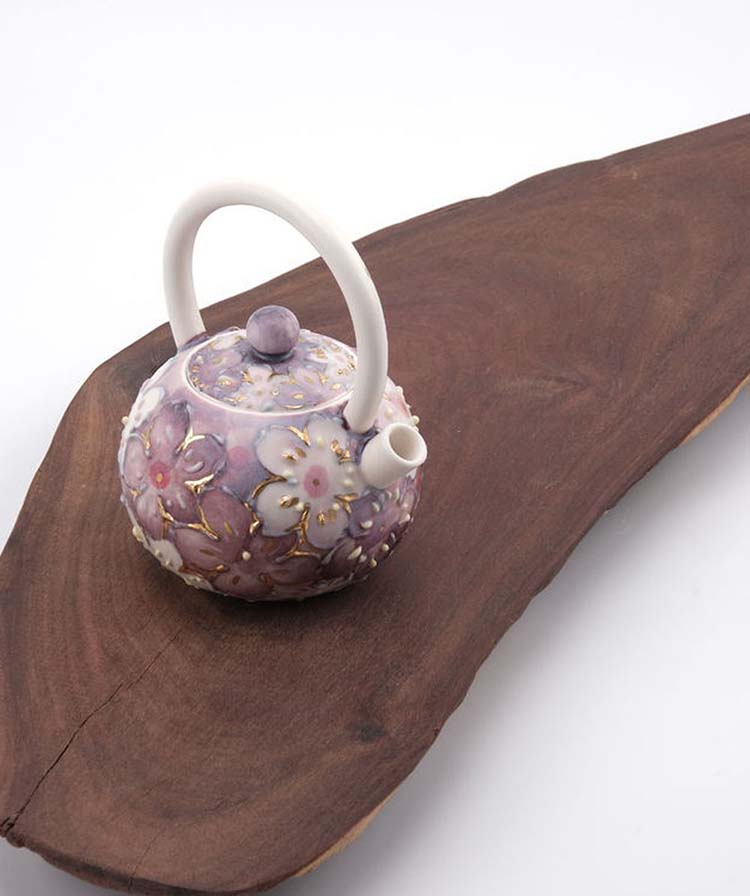
Xiao An believes that traditions aren't meant to be restrictive but to merge with new forms of expression. The studio's name, “Rong Shang Jie Xia,” captures this fusion—dissolving the boundaries between “above and below,” tradition and innovation, technique and concept, and even our preconceived notions of ceramics.
TRAVEL BEYOND 72 HOURS
If you have more time in Jingdezhen, make sure to visit the following clay sites!
The three sites cover a total distance of around 50 km, so private transport is recommended. Yaoliis located 55 km from downtown Jingdezhen, about a one-hour drive, while the Imperial Kilnis within the urban area, and Bingdingis approximately 30 km away, or a 40-minute drive. Entry fees are as follows: Yaoli costs ¥80, the Imperial Kiln costs ¥95 (which includes basic workshop access), and Bingding is free, though firing days require advance reservation.
For an ideal schedule, visit Yaoli between 8:00 and 10:00 AM, the Imperial Kiln from 11:00 to 13:30, and Bingding between 15:00 and 17:00. Each destination offers a distinct experience—Yaoli for glaze-stone processing, the Imperial Kiln for blue-and-white painting, and Bingding for observing kiln openings.
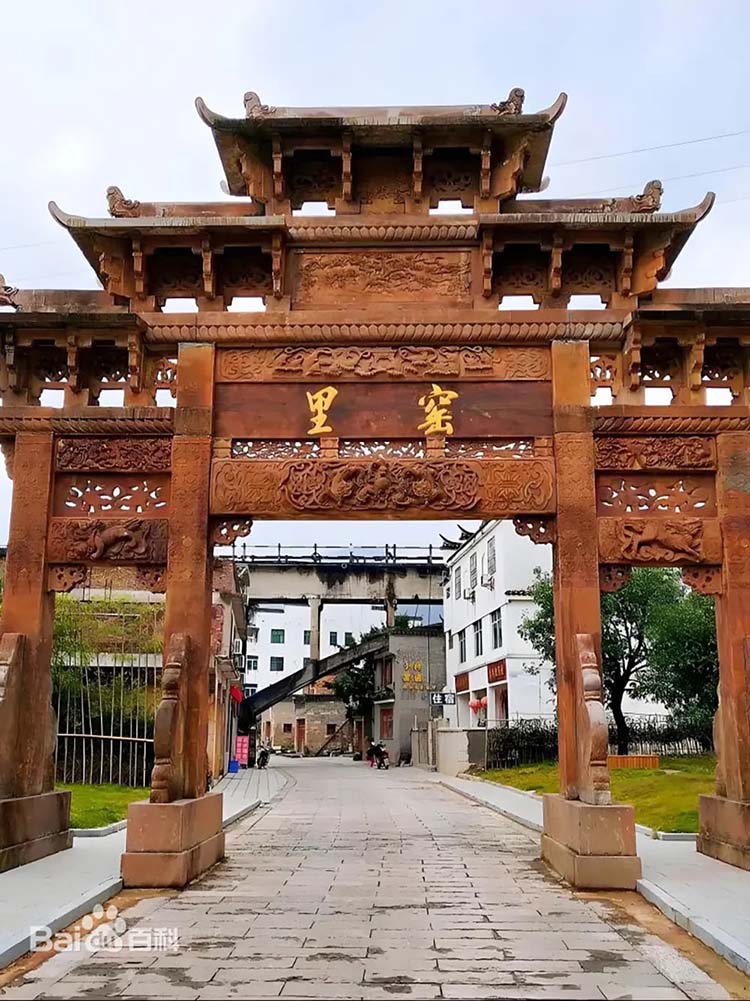
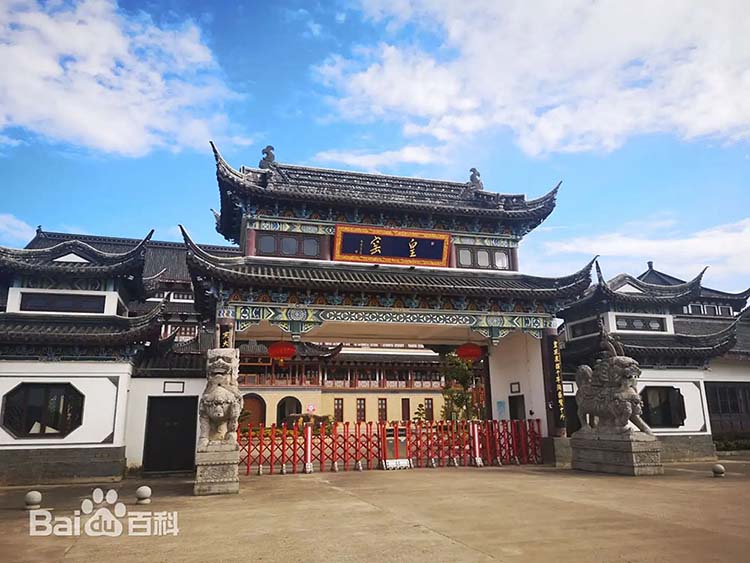
YAOLI ANCIENT TOWN (2 hours)
This Huizhou-style village, established in the Tang Dynasty (over 1,200 years ago), served as a critical distribution hub for ceramic raw materials in Jingdezhen. Along the Yao River stand over 300 well-preserved Ming and Qing buildings, including the Qing-era “Dafu Mansion” and Ming-style “Cheng Family Ancestral Hall.” Visitors can explore ancient water-powered hammer mills and glaze stone workshops to understand traditional material processing.
TIP: For the best experience, visit in the early morning to avoid crowds and enjoy its authentic atmosphere.
IMPERIAL KILN SCENIC AREA (2.5 hours)
A reconstructed site of the Ming and Qing imperial kilns, it fully replicates ancient official ceramic production. Highlights include life-size replicas of a Ming “gourd kiln” and Qing “zhenyao kiln,” plus a “72-step craftsmanship corridor” demonstrating traditional techniques. Hands-on activities like wheel-throwing and blue-and-white painting are available (booking required 2 hours prior). The onsite museum displays imperial porcelain masterpieces, offering insights into the historical kiln administration system.
BINGDING WOOD-FIRED KILN (1.5 hours)
Designed by architect Zhang Lei, this modern kiln blends traditional wood-firing with contemporary architecture. Monthly firings preserve the ancient pinewood burning technique. Visitors can study the kiln's structure and observe innovative wood-firing methods. If timed with an unloading day, they may witness the dramatic unveiling of unique “kiln-transformation” pieces.
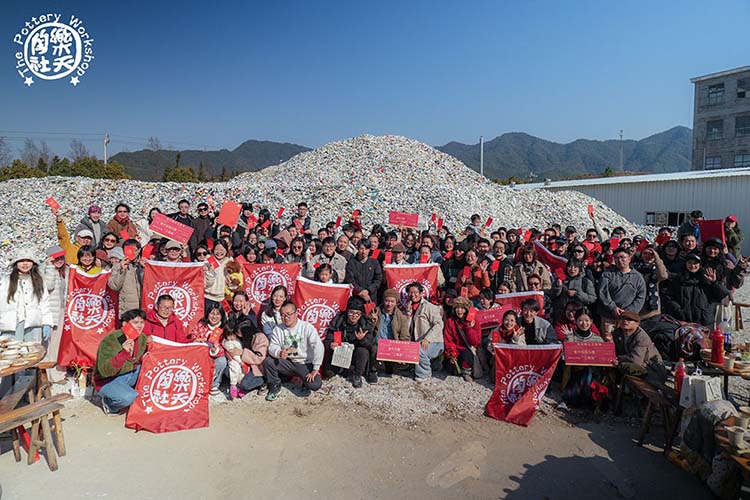
The Pottery Workshop Jingdezhen is an international ceramics center dedicated to advancing and enriching the field of ceramics in China and beyond. Its programs and spaces include the Artist Residency, Education Center, Yi Design Studio, Mufei Gallery, and Café Shop. Surrounded by hundreds of small, independent craftsmen and artists, the Pottery Workshop offers an immersive creative environment. WEBSITE
Want to see our next ceramic guide to a city? Honolulu, Hawaii is coming next! You too can feature ceramic destinations in your city. To share a guide, event, exhibition news, or research, visit our CONNECT PAGEfor more information!
